Maarat al-Naaman معرة النعمان
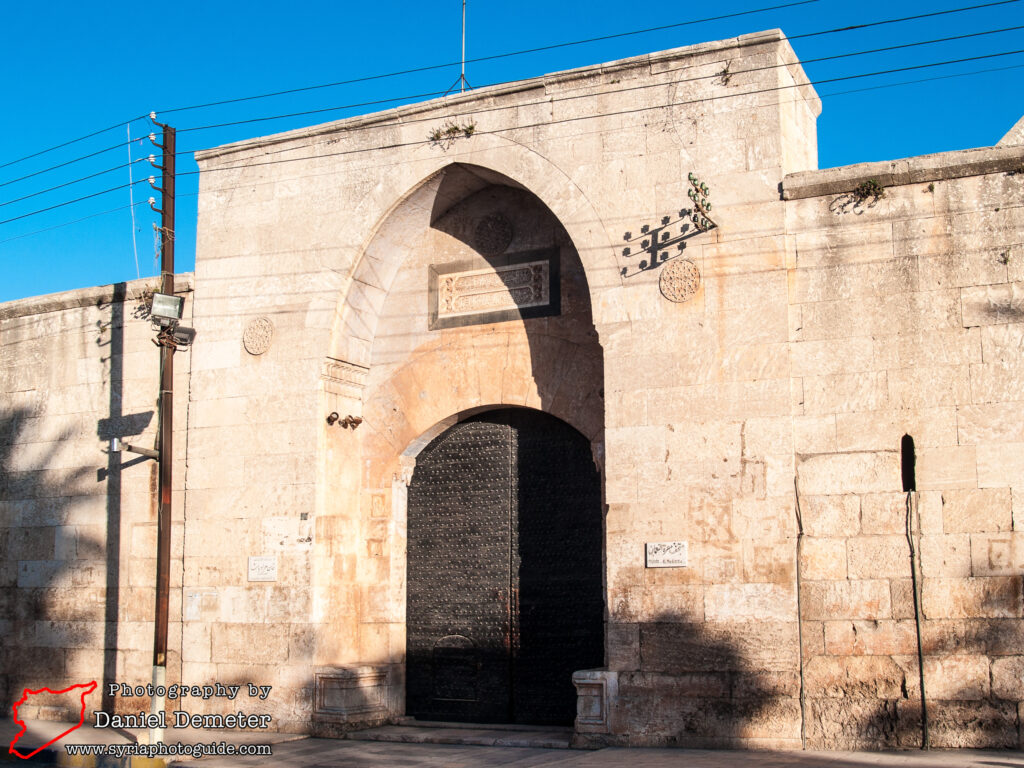
Maarat al-Naaman (معرة النعمان) is a large town located in a somewhat prosperous agricultural belt on the southeastern edge of the limestone massif area of northern Syria, between the Orontes River and the desert. It is fairly conservative, and the population almost entirely Sunni Muslim. Traces of ancient remains are found scattered throughout the town, illustrating its antiquity. Though known to the Greeks and Romans as Arra, surviving buildings attest only to its history since the coming of Islam. The modern name refers to al-Naaman ibn Bashir al-Ansari, a companion of the Prophet Mohammed who was made governor of the region by the Umayyad Caliph Muawiyeh (معاوية ابن أبي سفيان), who ruled from 661 to 680.
Given its location on the main highway connecting Damascus (دمشق) to Aleppo (حلب) and on the edge of the limestone massif east of the Orontes River, it has been contested several times by forces seeking to control northern Syria. The Byzantines took it in 968 during the attempt by Emperor Nicephorus to profit from instability in Syria and regain possession of northern Syria for Constantinople. Their destructive occupation was short-lived, however, as the Fatimids moved in by 996, though the town soon lapsed back into the control of Aleppo (حلب).
The Crusaders passed this way in 1098 on their initial march south to Jerusalem and halted while they disputed tactics and options. Their three week siege was a particularly frustrating experience, made worse by rivalry between two leaders, Raymond de Saint Gilles, Count of Toulouse, and Bohemond, Prince of Antioch. The latter offered to spare the citizens in return for surrender, just at the moment when impetuous Raymond was successful in breaching the walls. The townspeople were cut down in a famous massacre which saw the slaughter of 20,000 Muslims including many women and children. In the siege and subsequent occupation, Crusader troops resorted to cannibalism in the face of starvation.
Though this point so far to the east into Muslim territory was precariously held, the town did not permanently revert to Muslim control until Imad al-Din Zanki (عماد الدین زنكي) reoccupied it in 1135 as part of the first concerted effort to dislodge the Crusaders from inland areas. Under the later Ayyubids, it was dependent on Aleppo (حلب) and, under the Mamluks, on Hama (حماة). The town is also noted as the birthplace of the blind philosopher, writer and poet Abu al-Aala al-Maari (أبو العلاء المعري). al-Maari (973-1058) was a controversial figure as a rationalist who regularly attacked religion, and is held in particularly high regard by Arab atheists. He was also a vegan. A modern tomb marks his burial.
One of the most interesting sites in Maarat al-Naaman (معرة النعمان) is the main mosque, in the center of town. The mosque itself stands on the site of an ancient temple of which only fragments survive, including two small columns (reused in a courtyard building) and some inscribed portions of architrave. The minaret of the mosque was originally erected in the first half of the 12th century, but it was rebuilt after an earthquake in 1170. The rebuilding was attributed to Hassan Ben Mukri al-Sarman who sought to rival (by imitation) the minaret of the Umayyad Mosque of Aleppo (حلب). The same architect is responsible for the nearby madrasa, Madrasa Abu al-Fawaris, to the south. The entry is on east side, with a trefoil arch. There is a pyramidal cupola over vestibule, iwan and prayer hall south, and tomb of the founder north.
The main attraction in Maarat al-Naaman (معرة النعمان), however, is the museum housed in an early 16th century khan. Most interesting is the large collection of mosaics, perhaps the most impressive collection in Syria. They are primarily from Byzantine sites in the surrounding region, but include some mosaics from as far away as Homs (حمص). As for the building itself, Khan Murad Basha is the largest khan in Syria at 7,000 square meters. In the center of the courtyard is a “tekkiyeh”, or foundation for the instruction of initiates of the Dervish sect. A doorway to the left once led to the hammam and souq attached to the khan, but these are now managed separately. Opposite the museum is another Ottoman khan, Khan Assad Basha al-Azem (dated to 1748), which was closed at the time of research.
In the northwestern edge of town are the remains of the medieval citadel. The scale is surprisingly small, and subsequent habitation has almost totally dismantled the original fortifications. The shape of the site is preserved, however, and many of its stones have presumably been recycled. The local government recently resettled the townspeople who had been living in the citadel, and it is now abandoned.
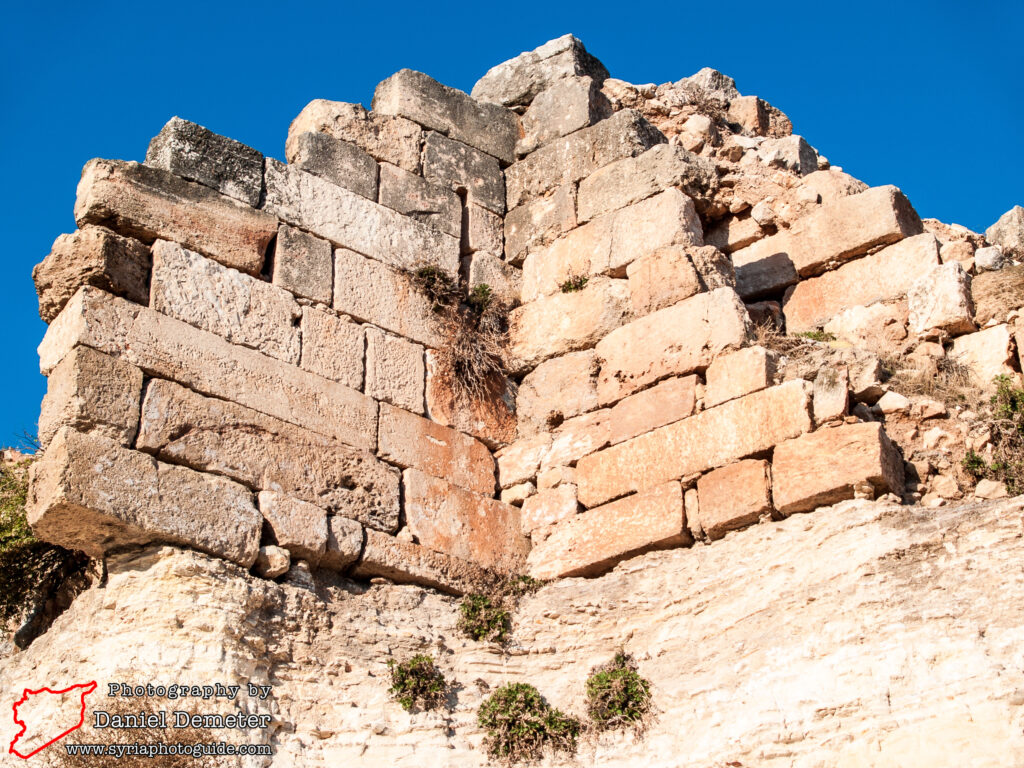
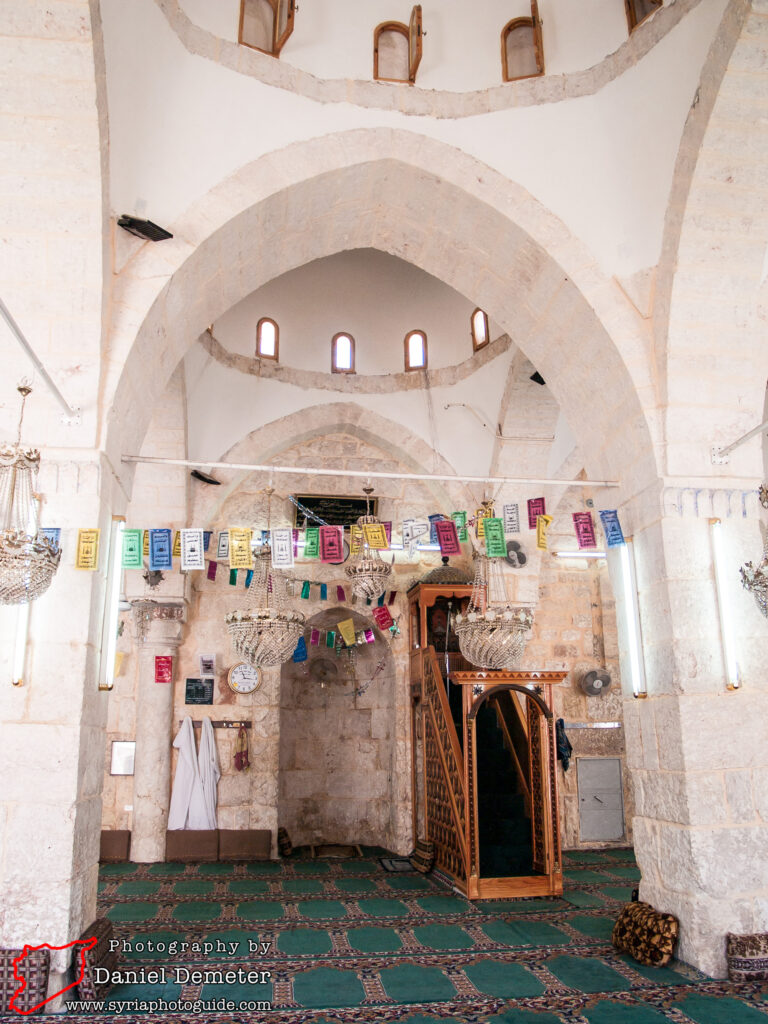

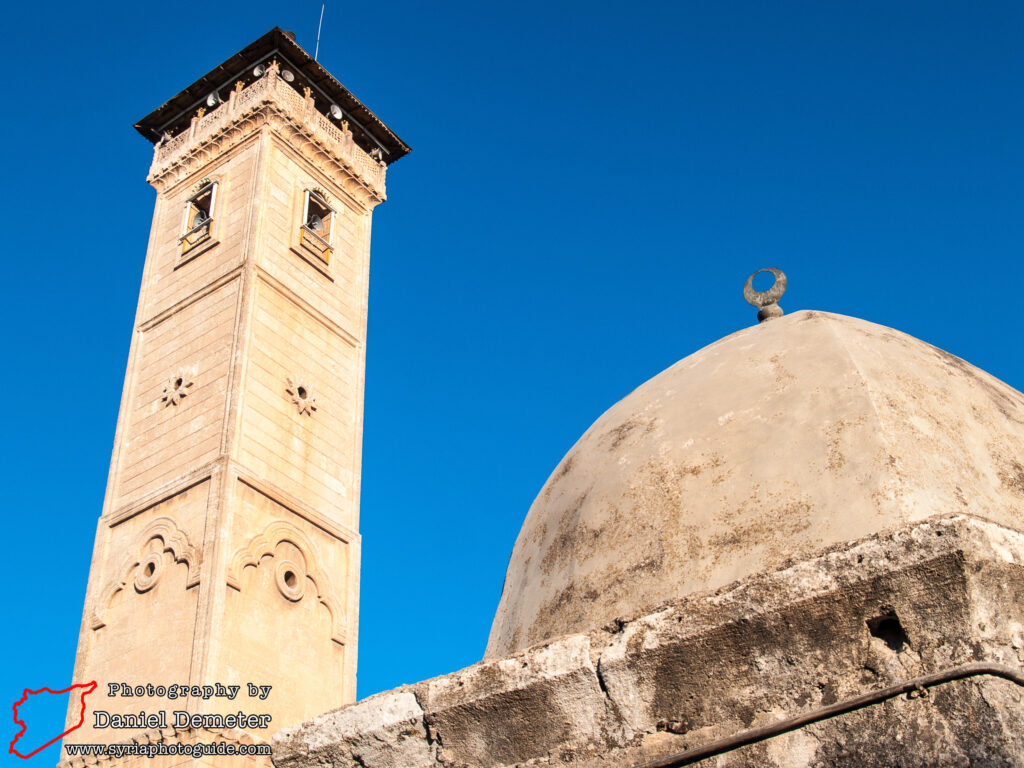
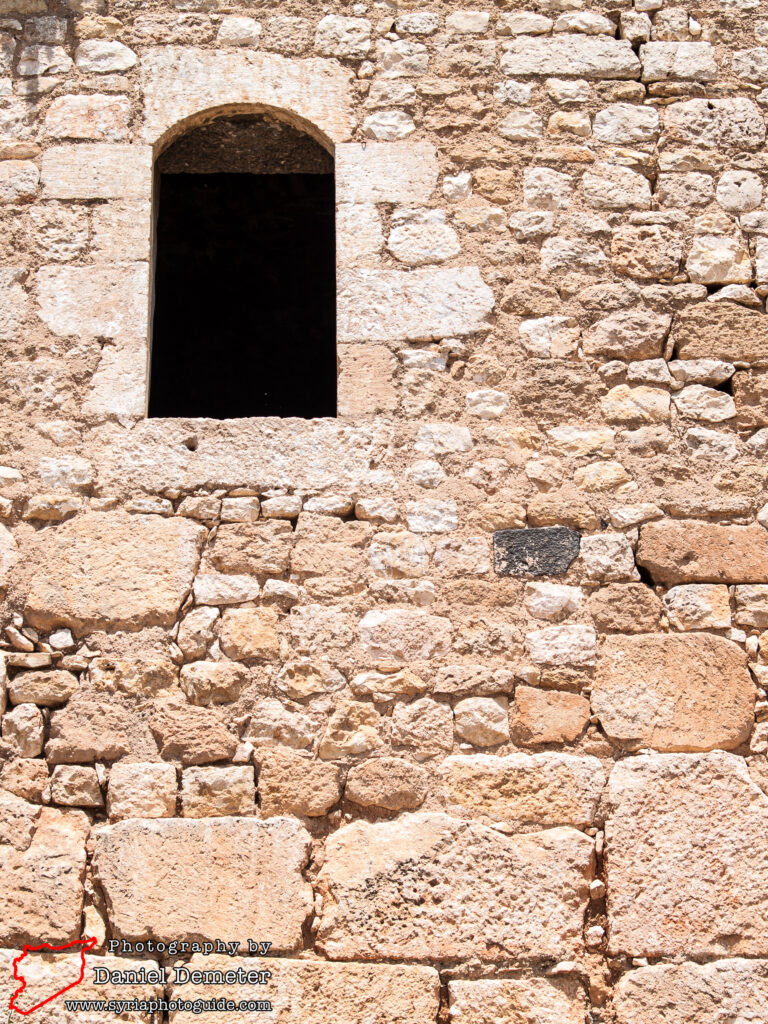
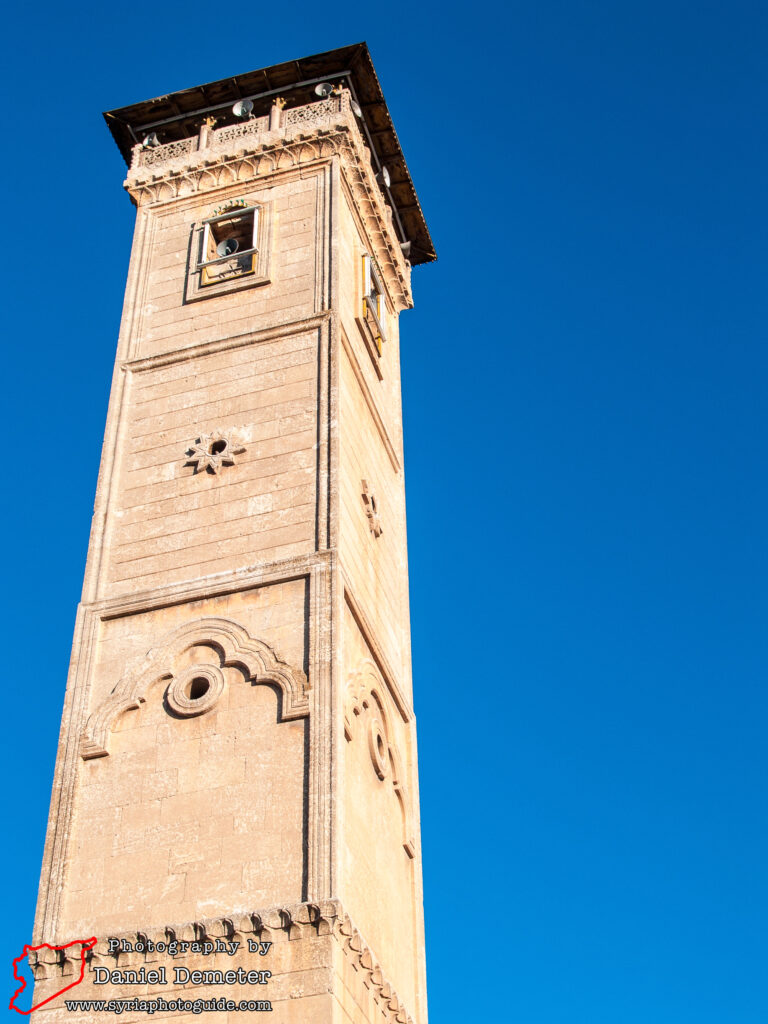
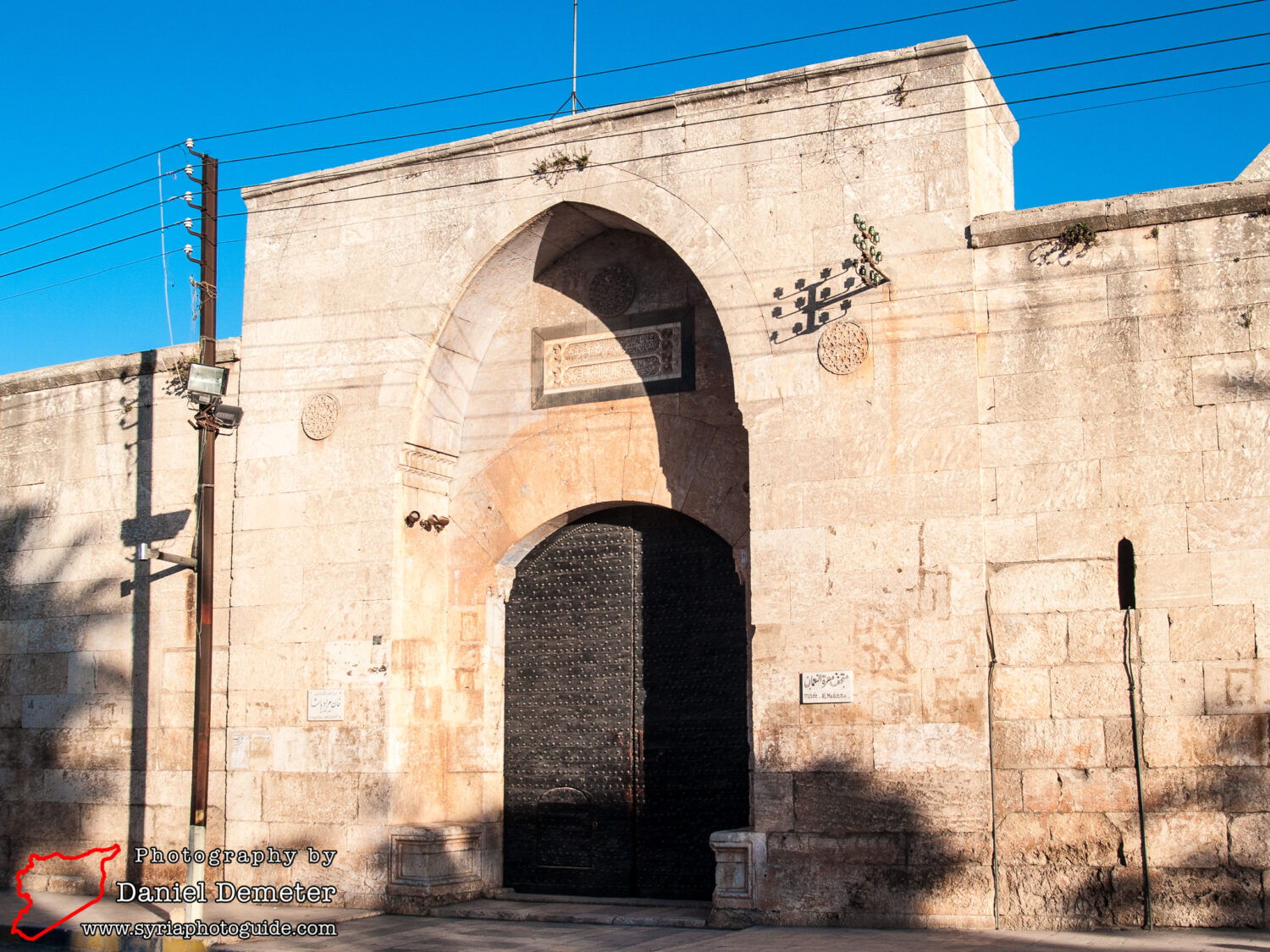
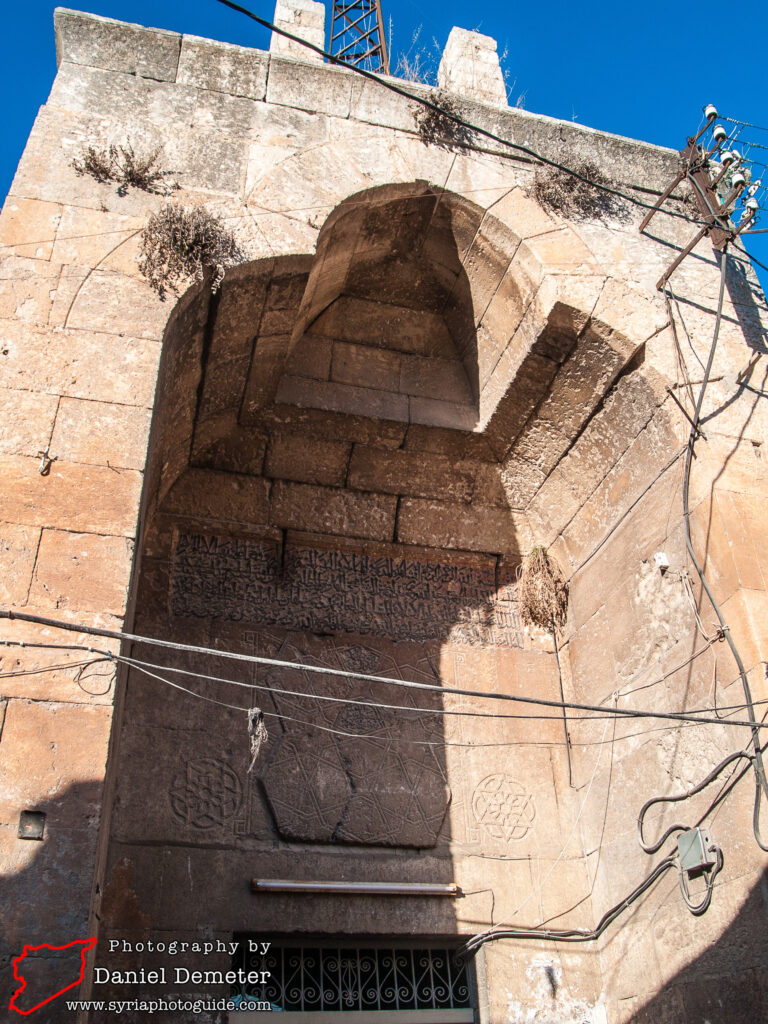
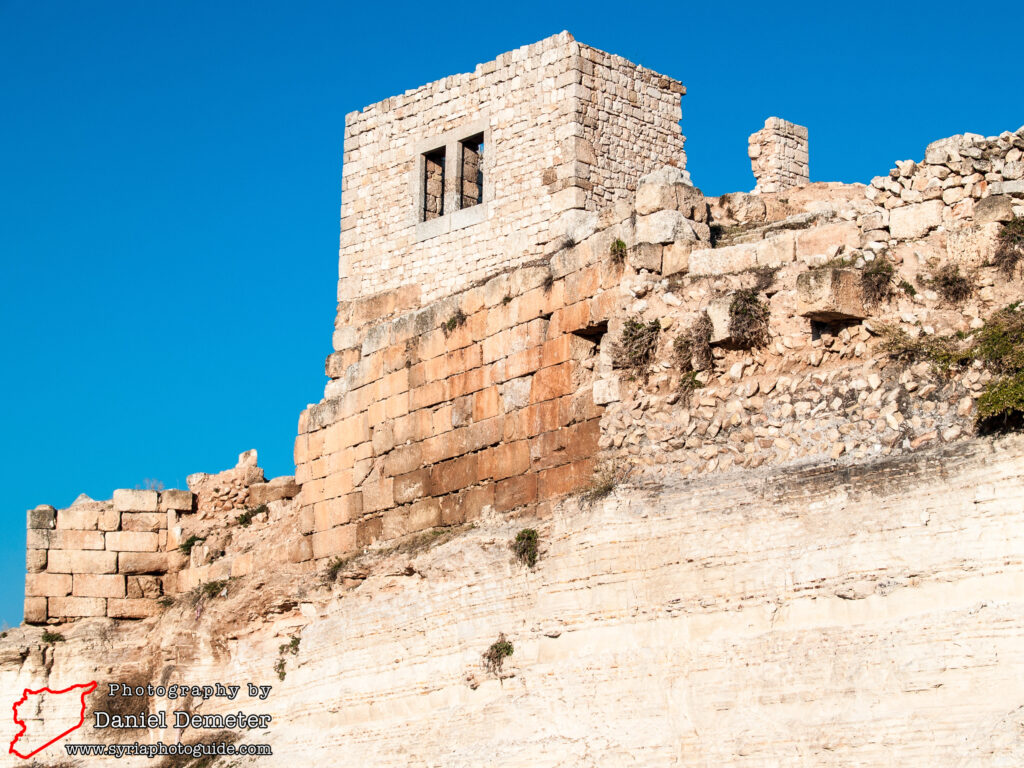
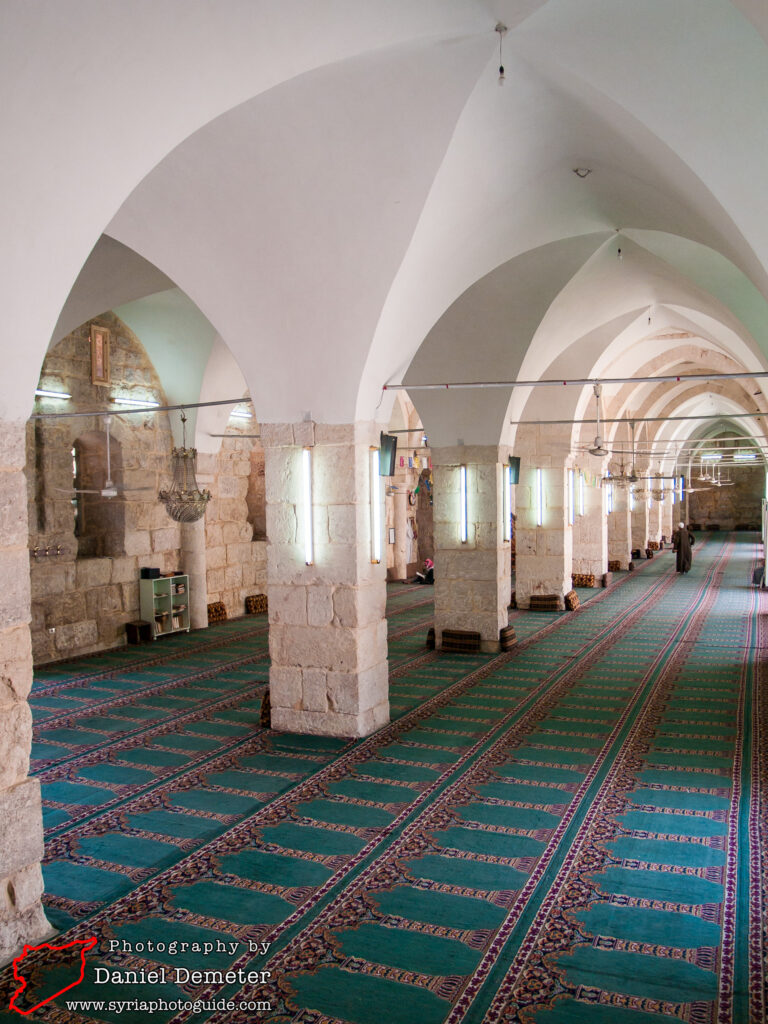
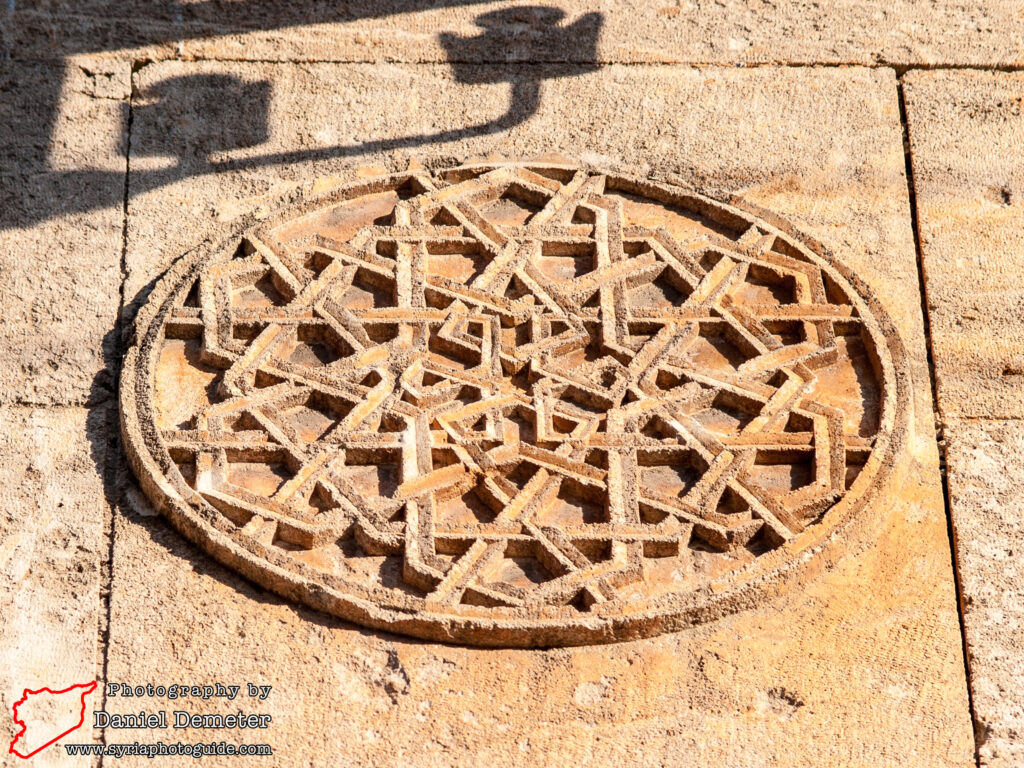
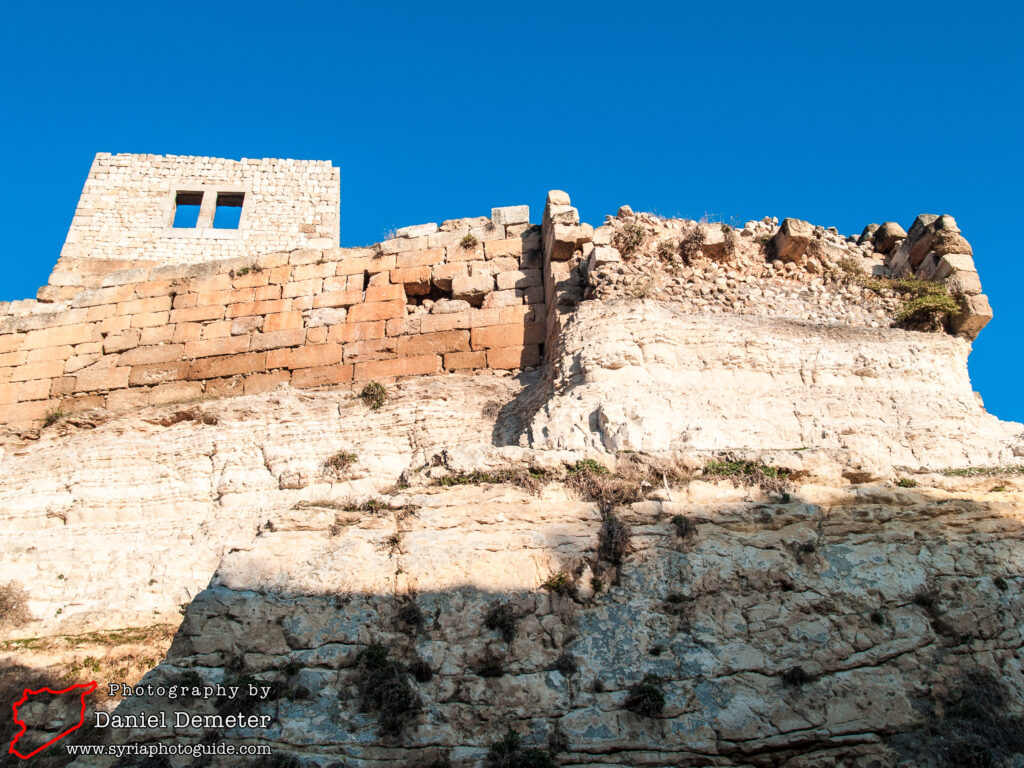
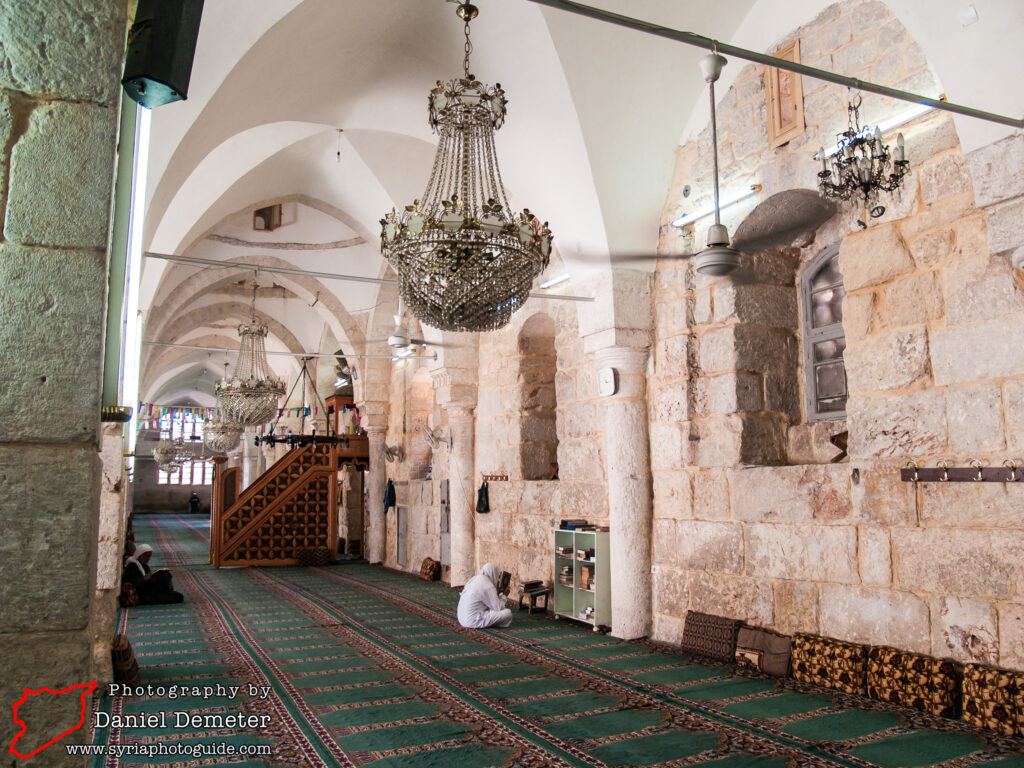
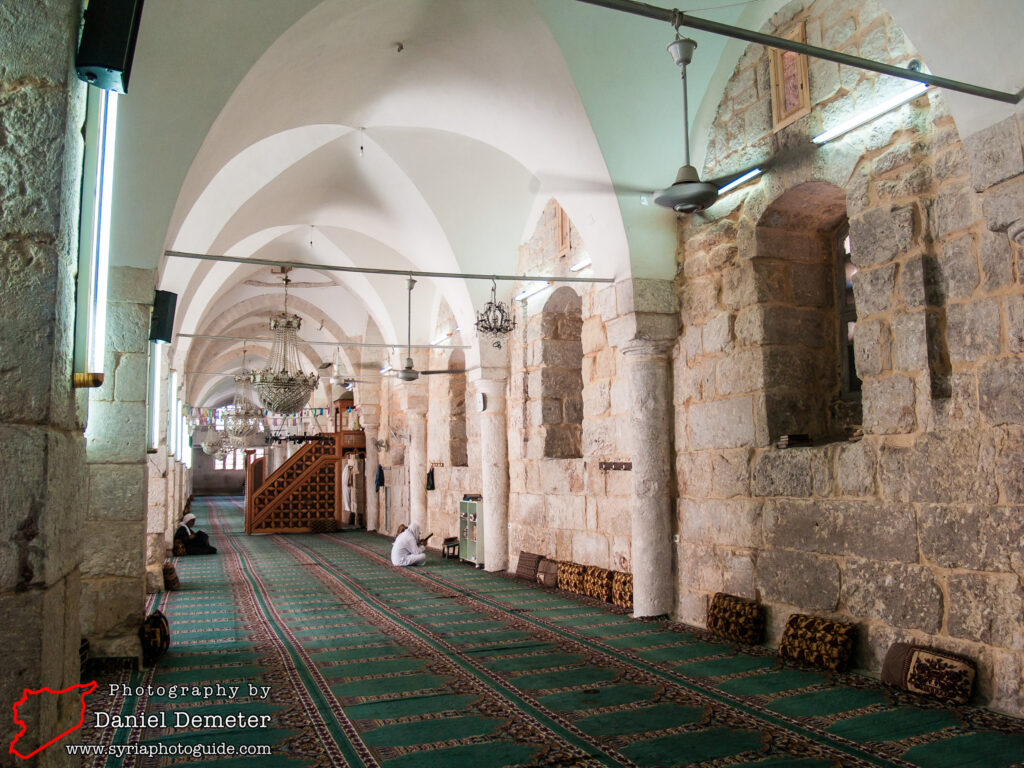
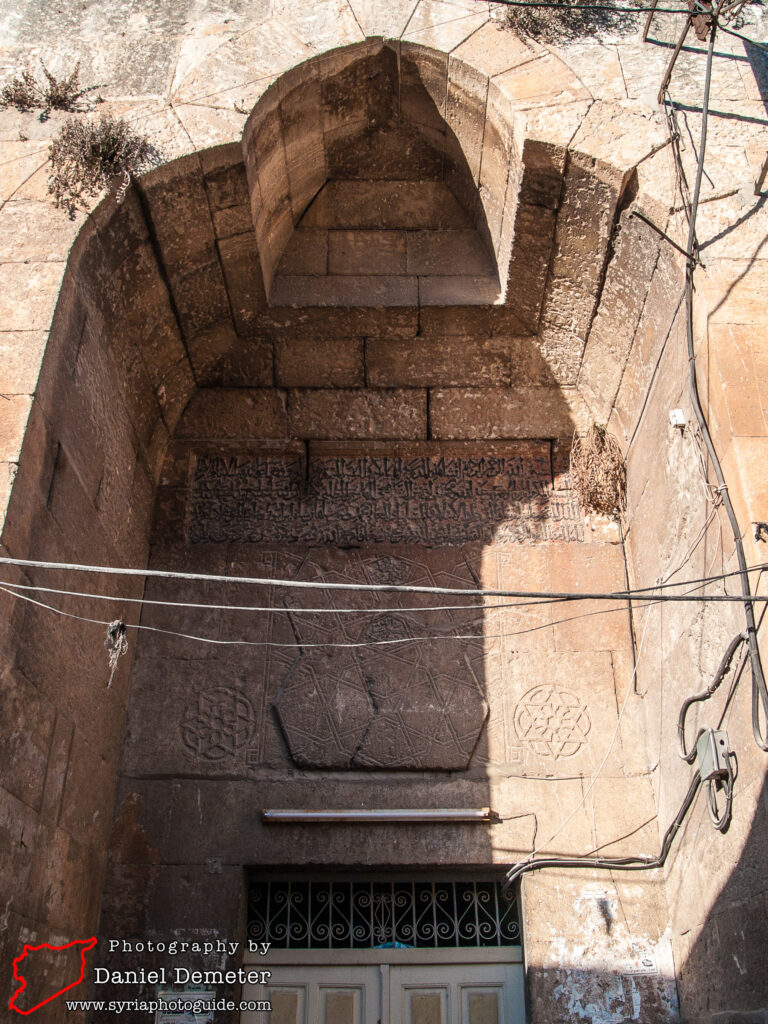
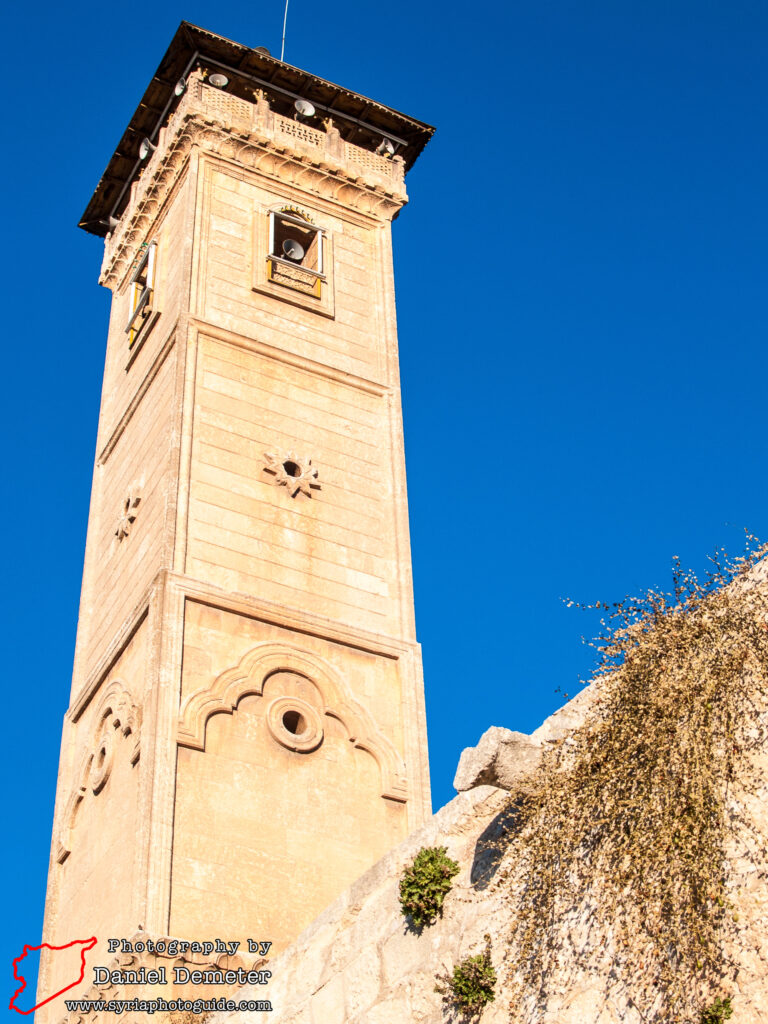
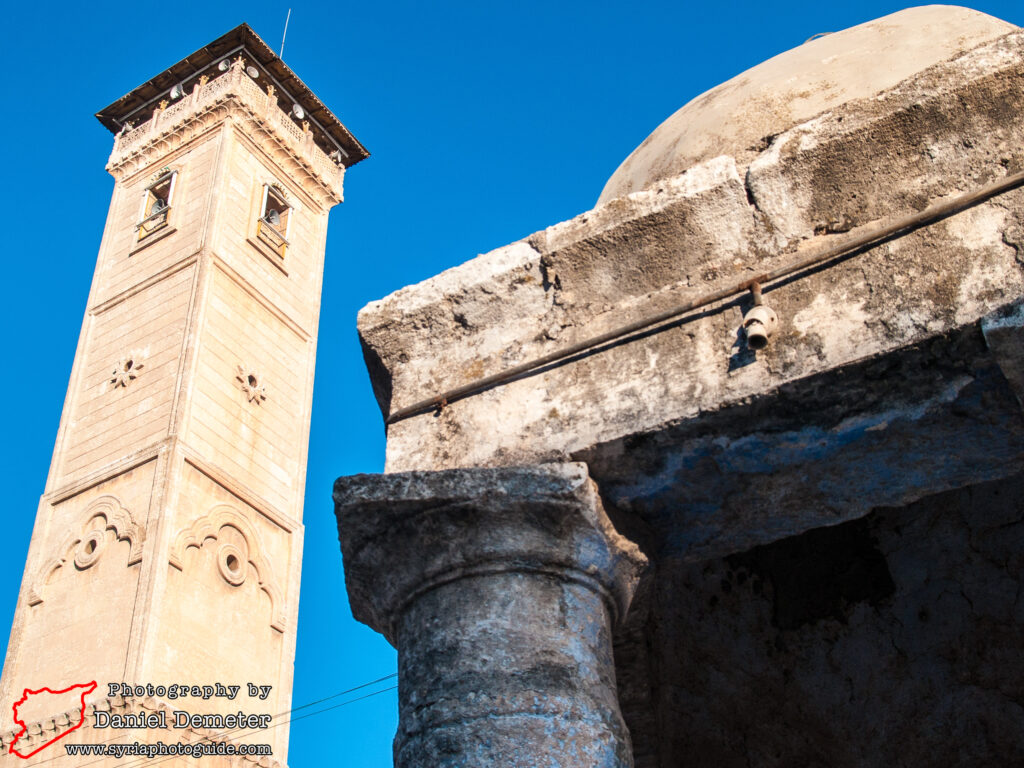
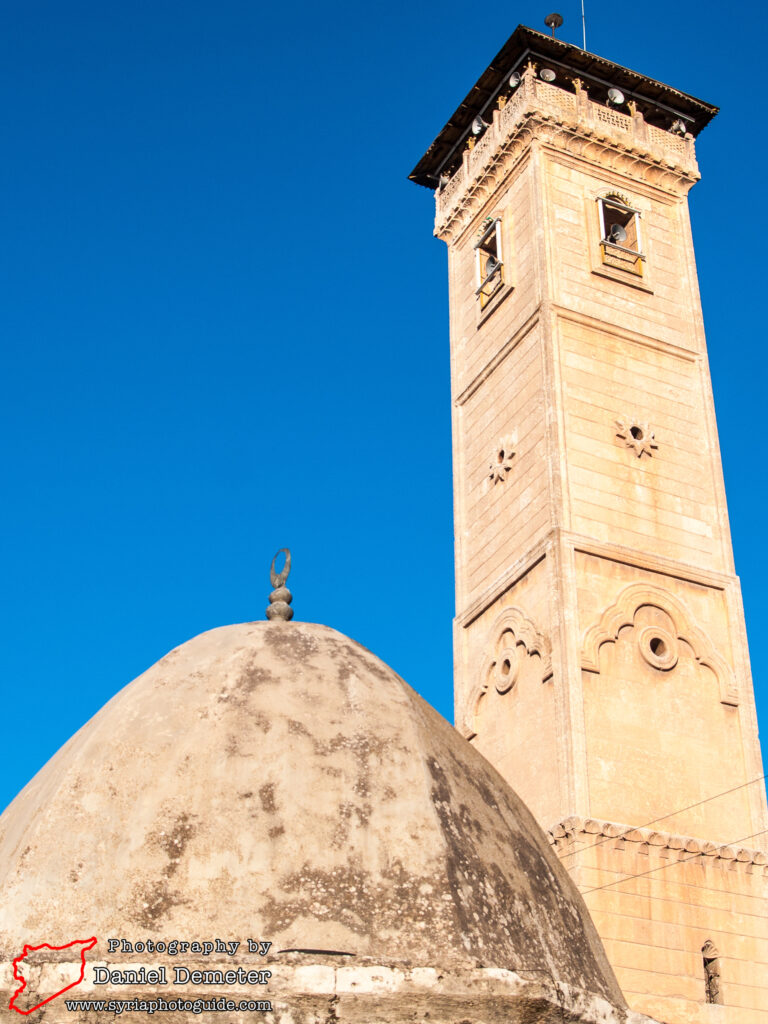
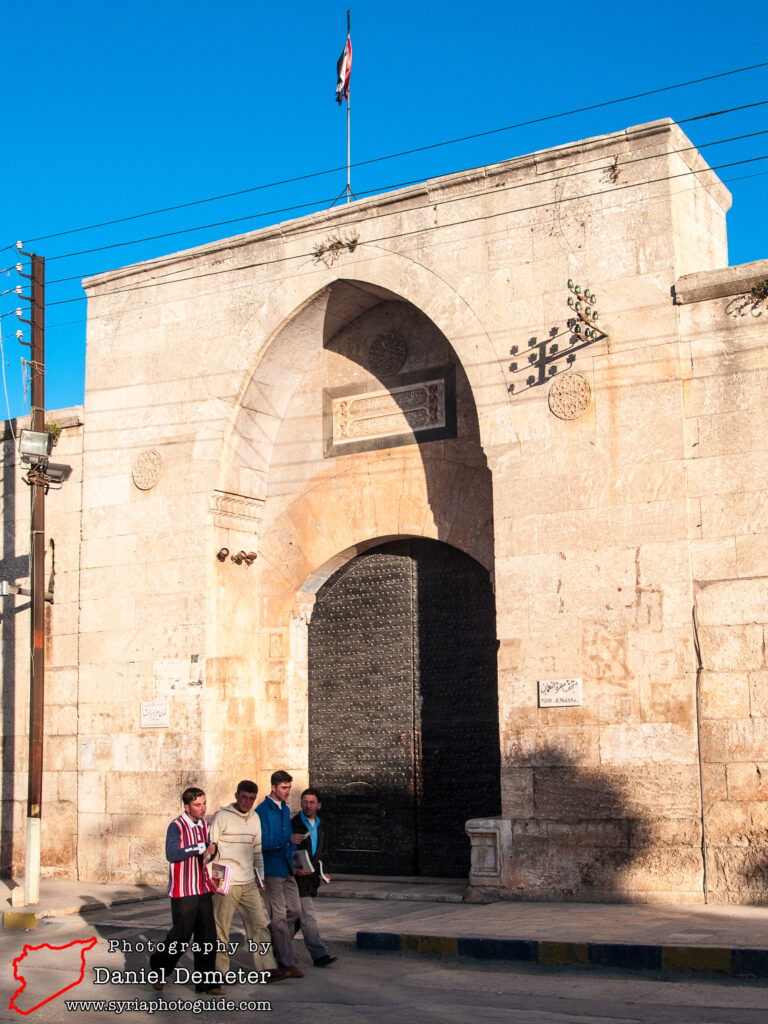
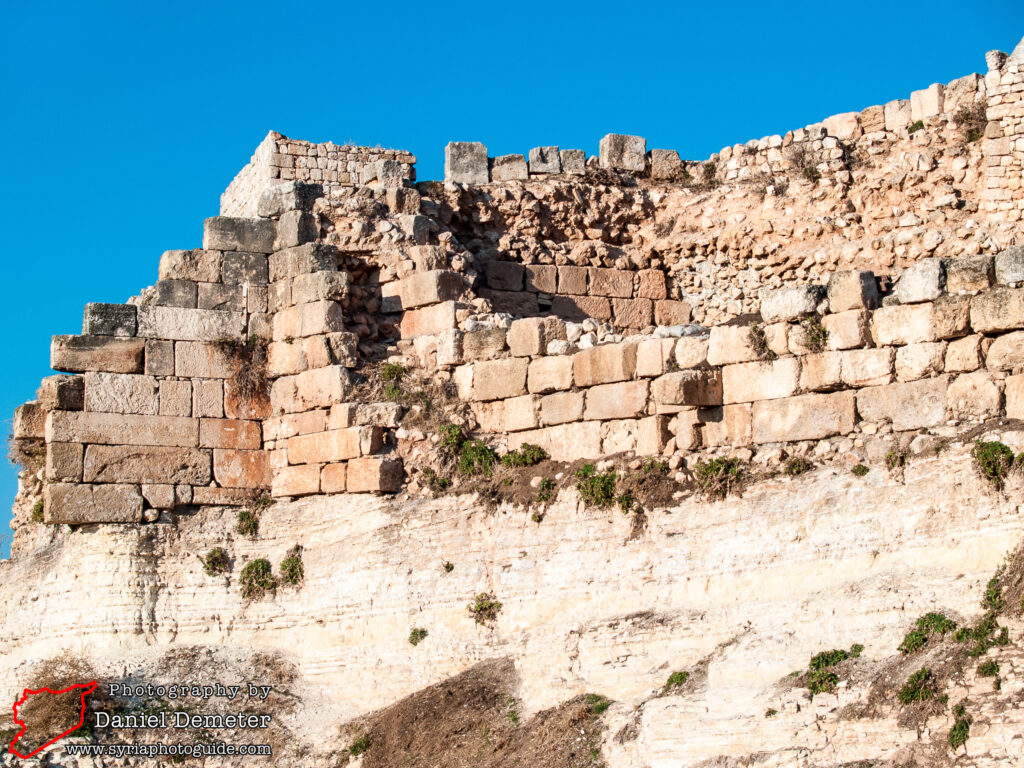
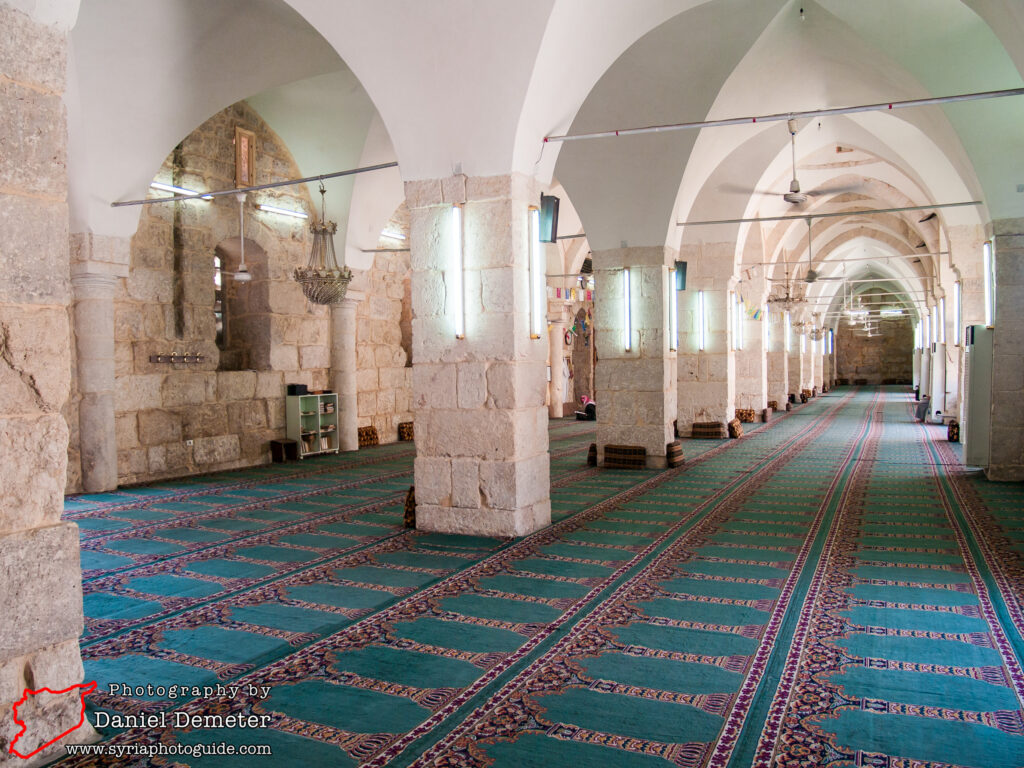
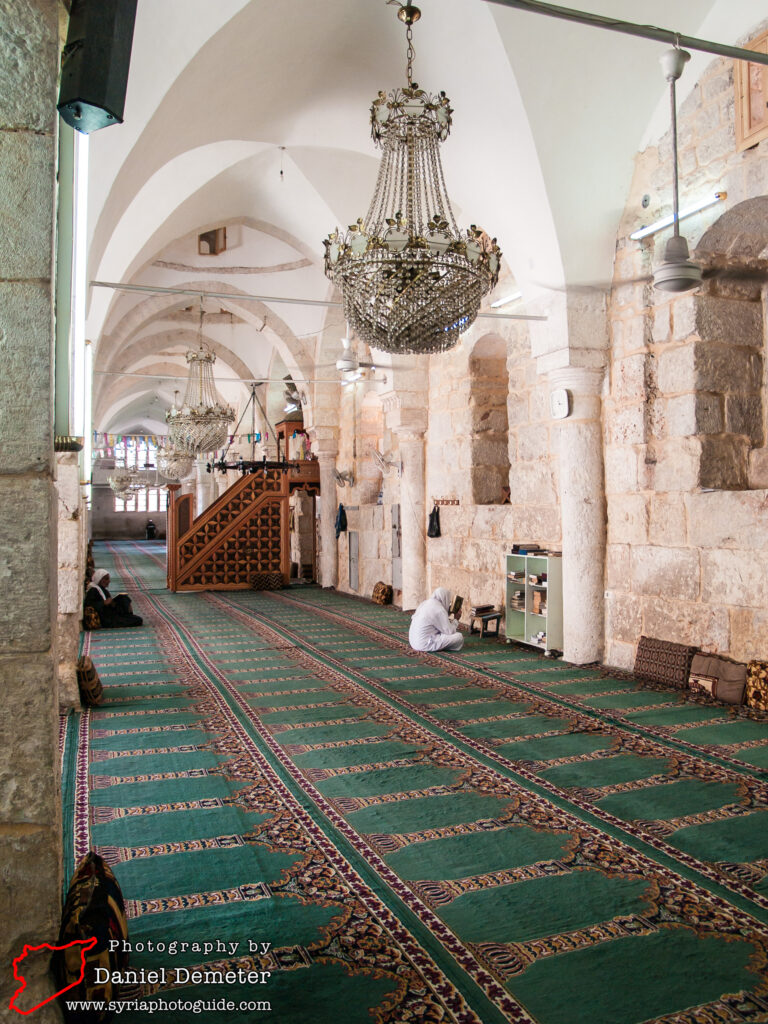
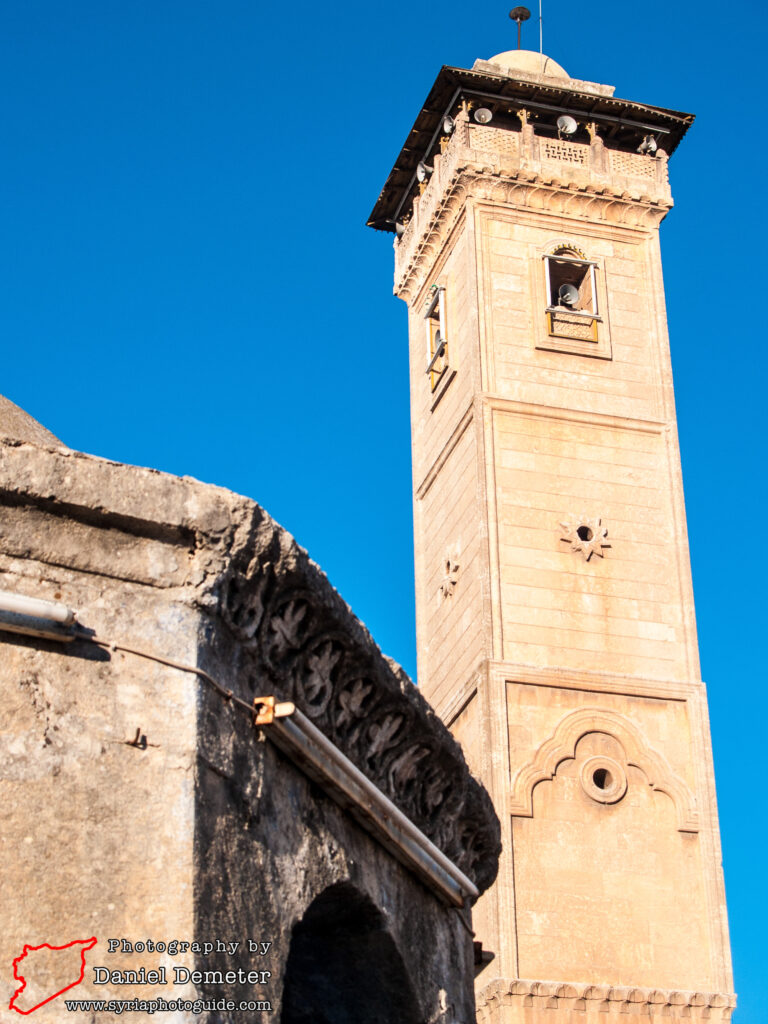
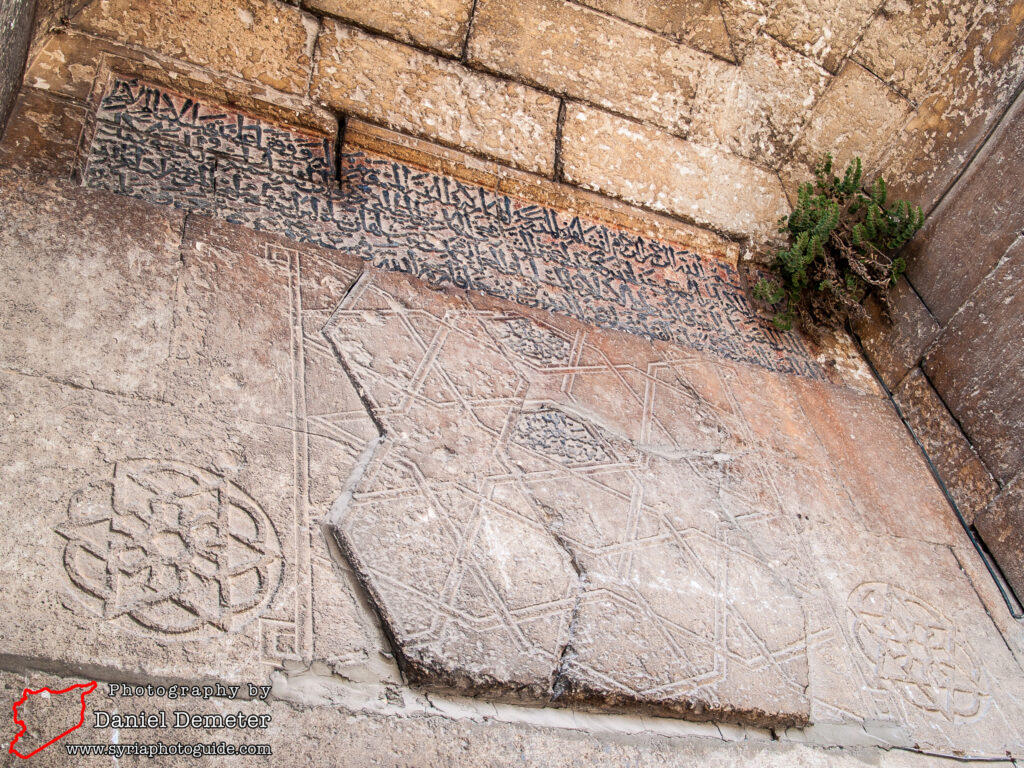
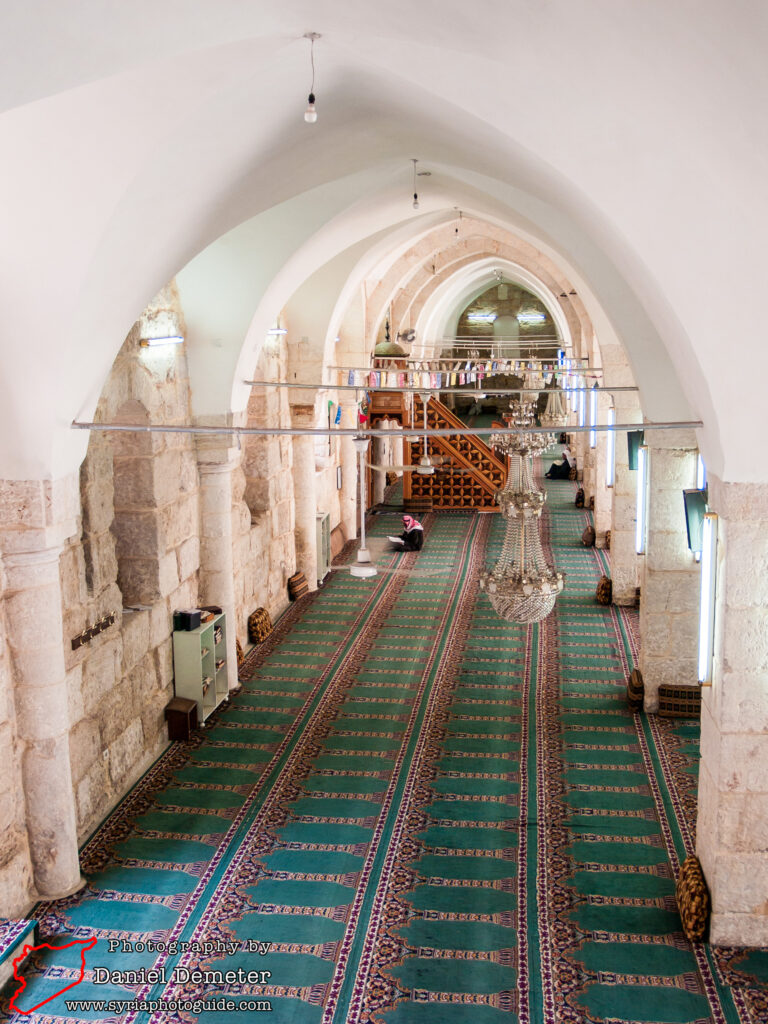
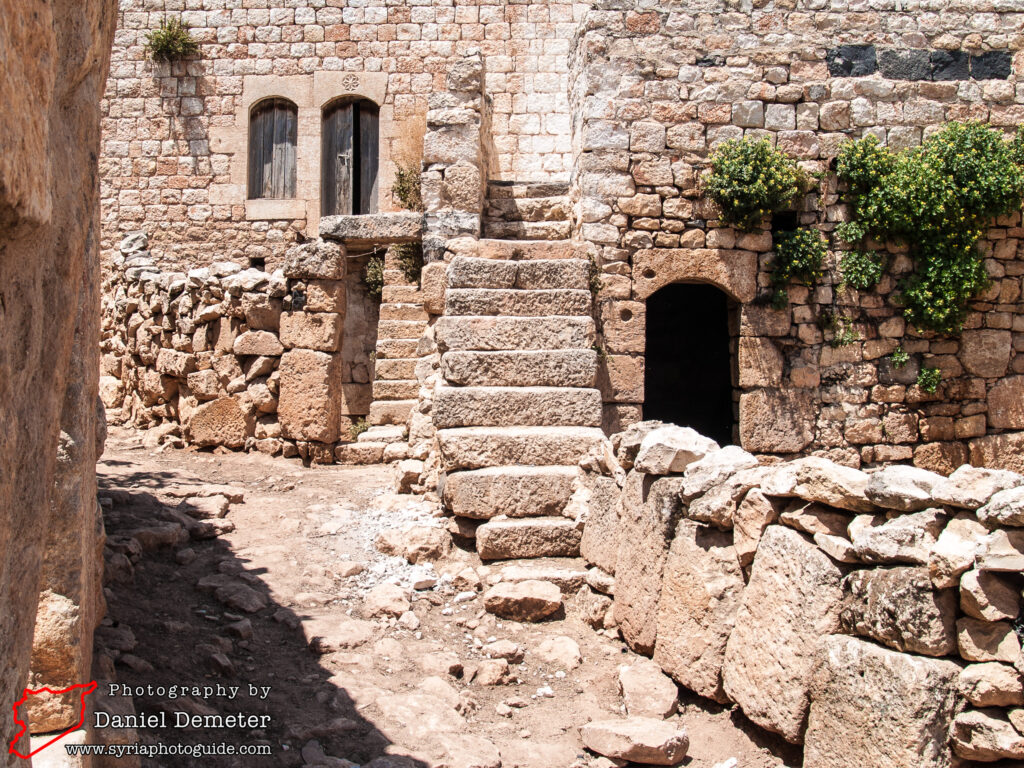
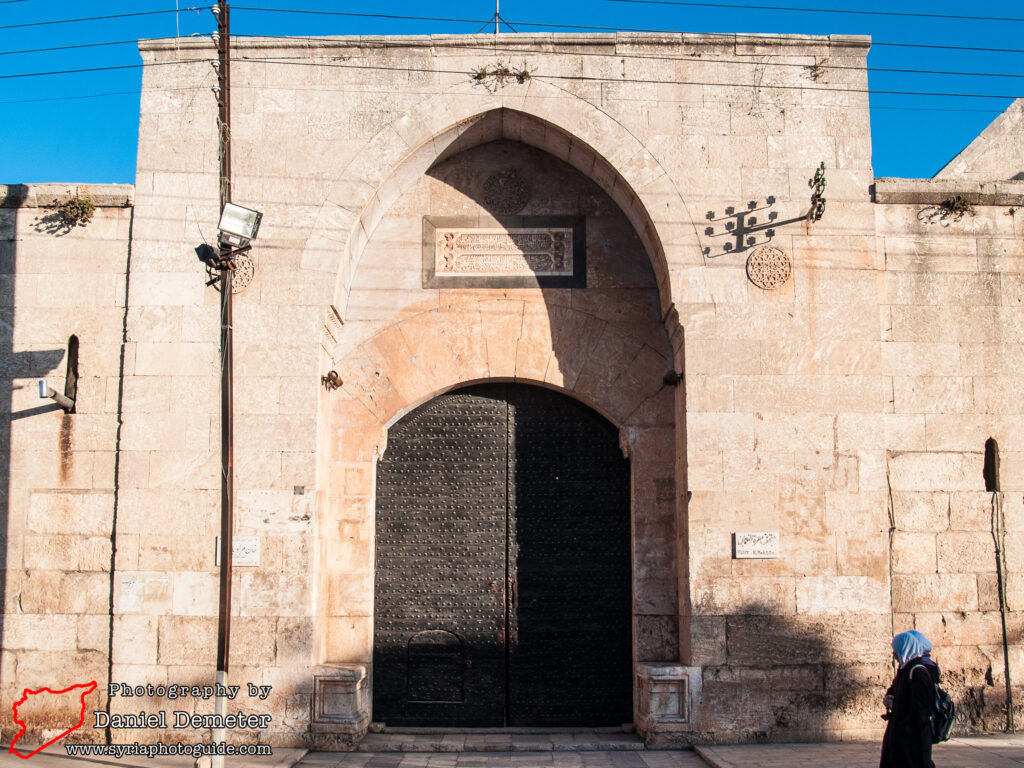
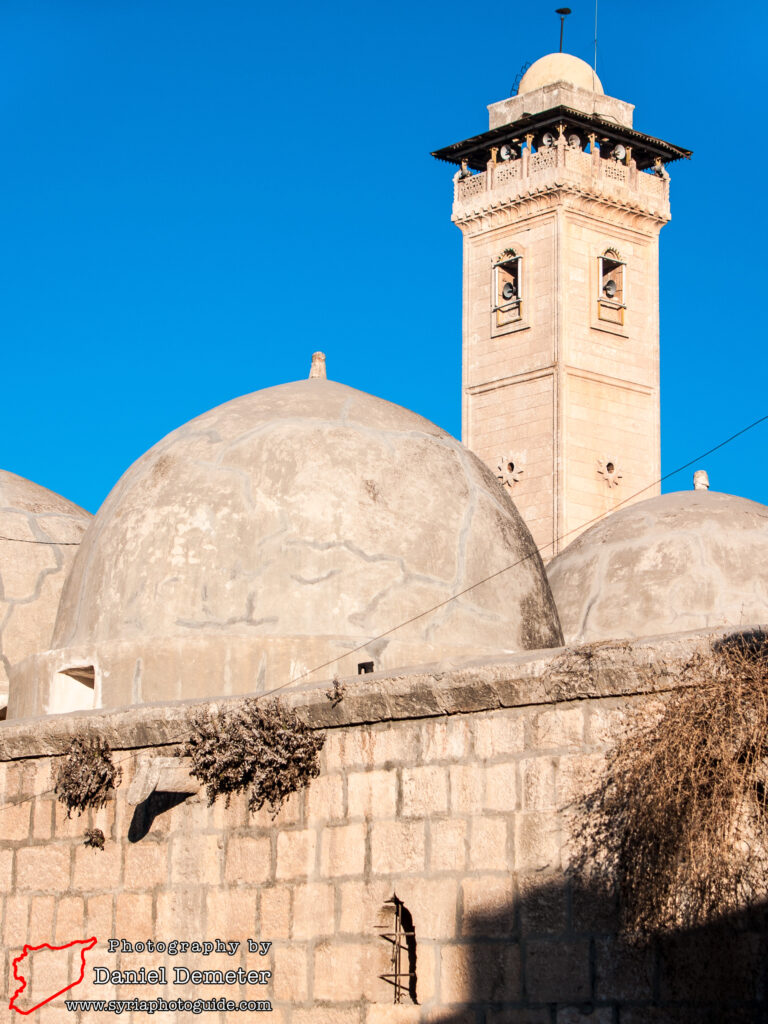
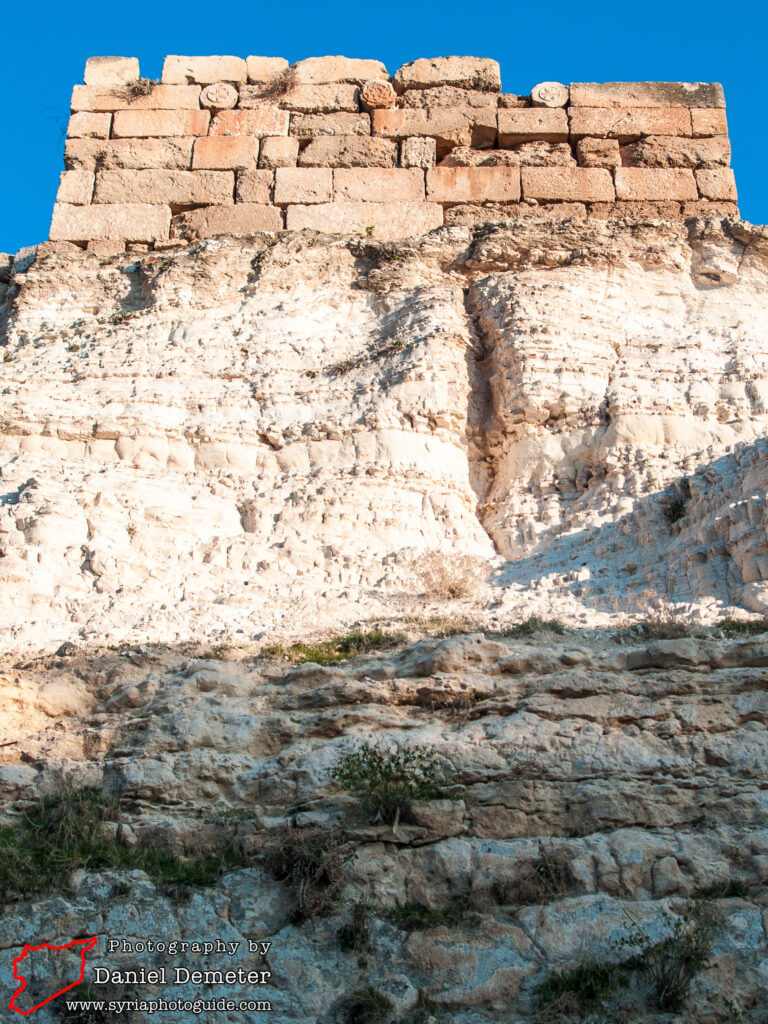
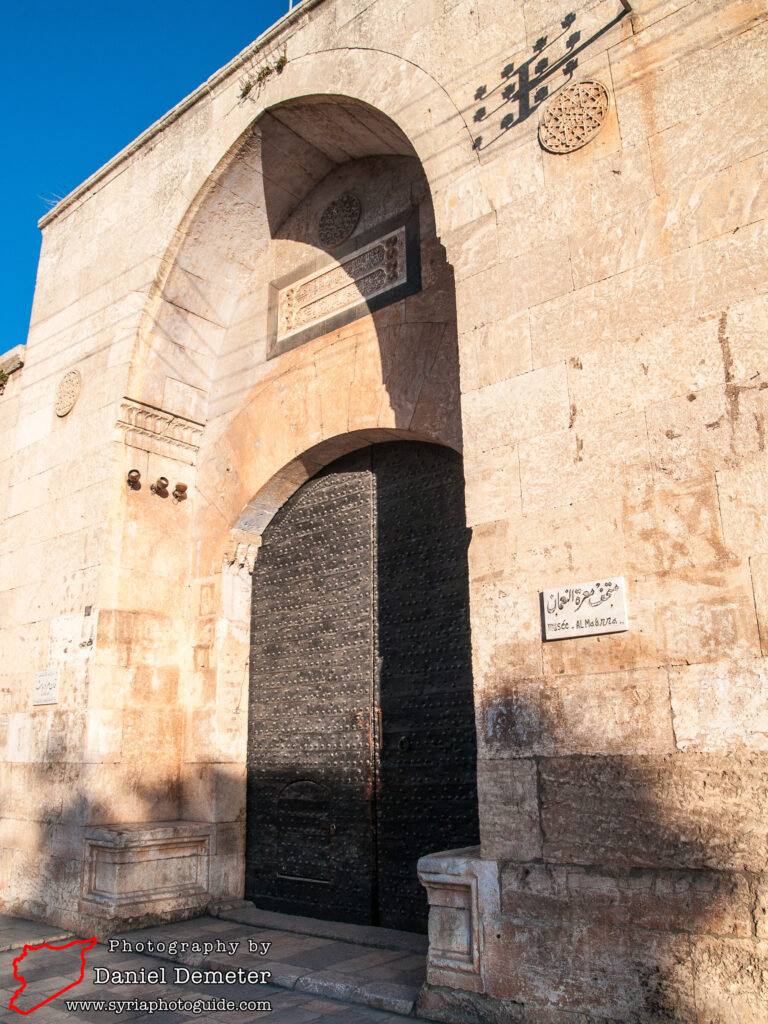
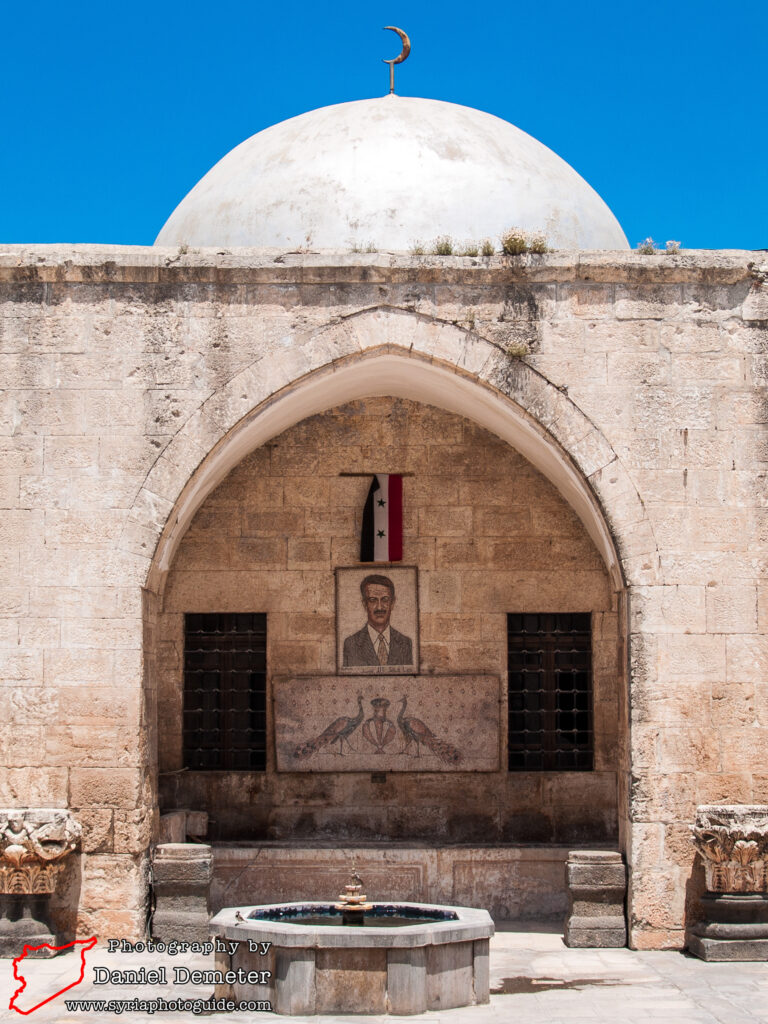
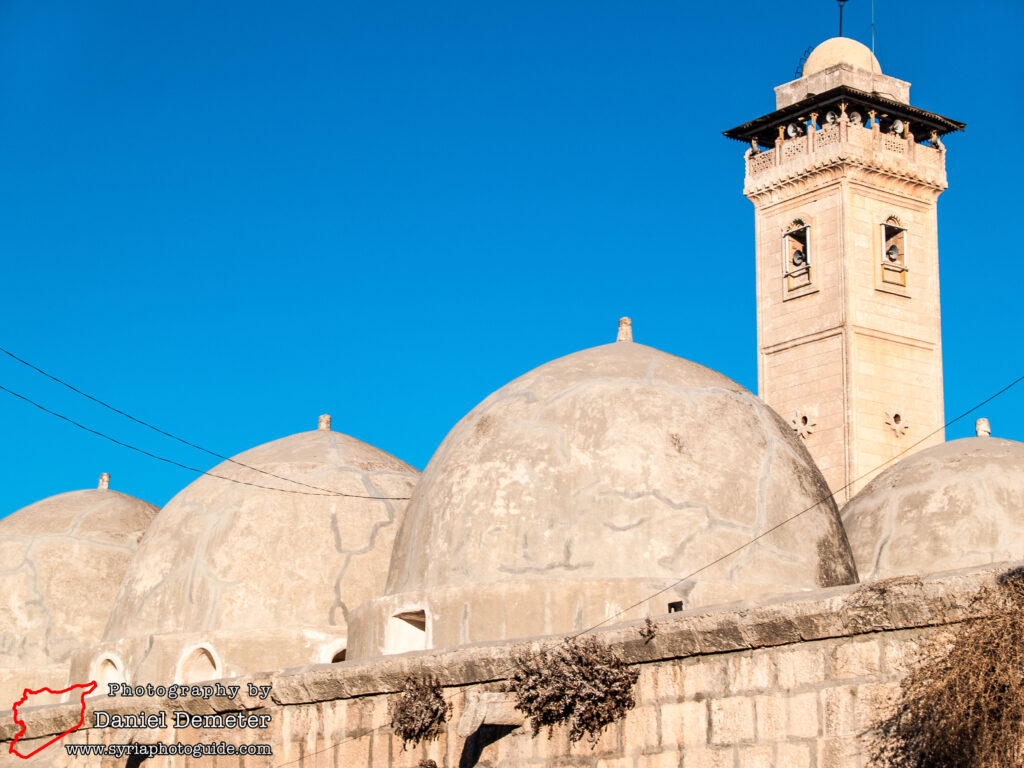
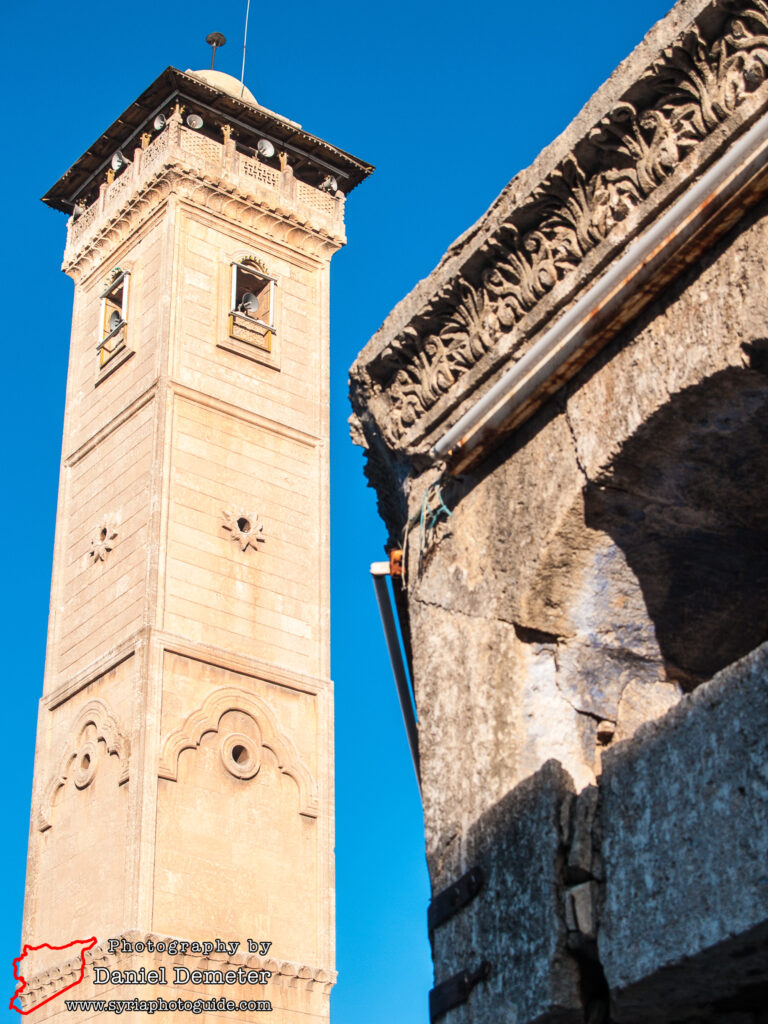
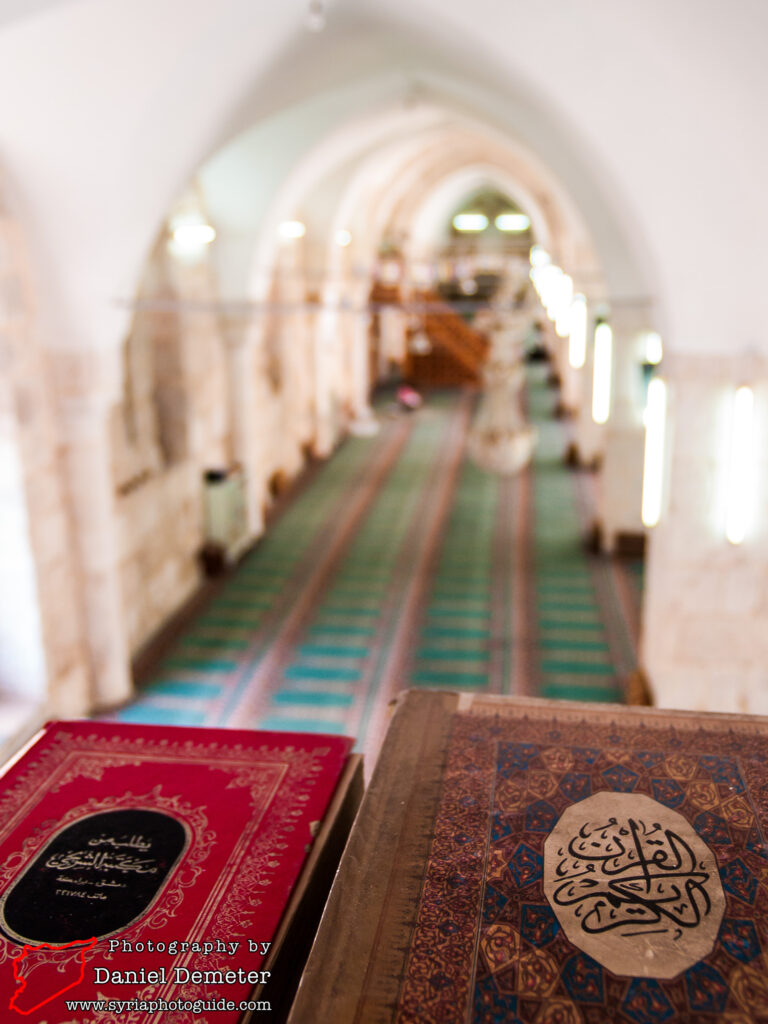
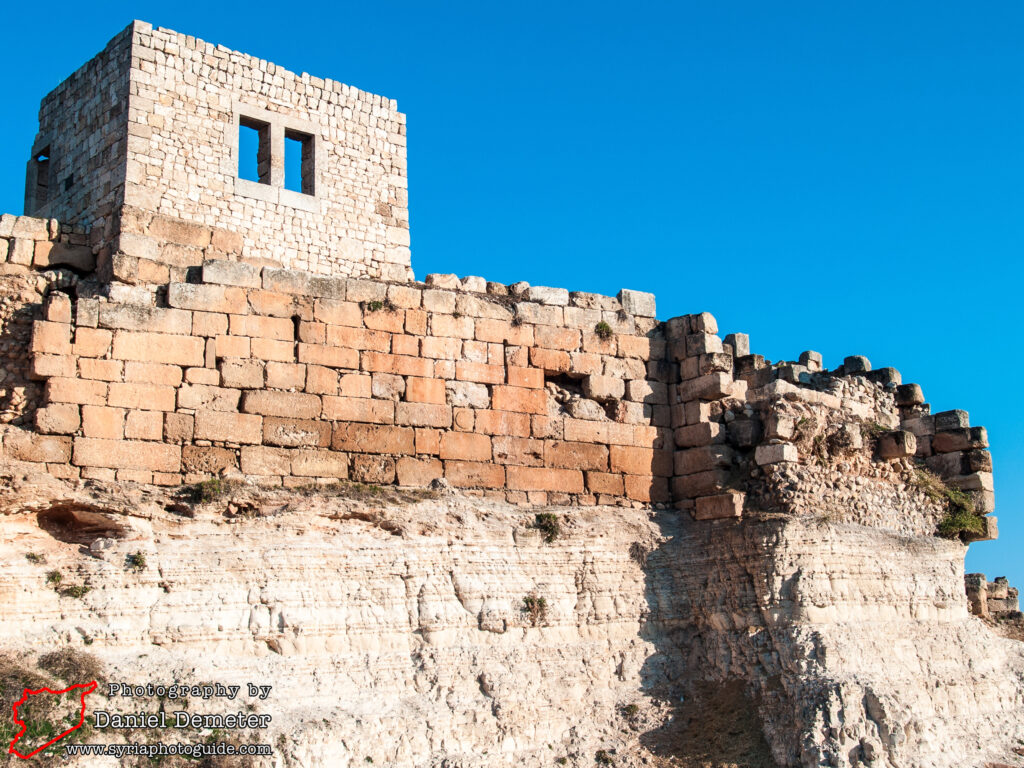
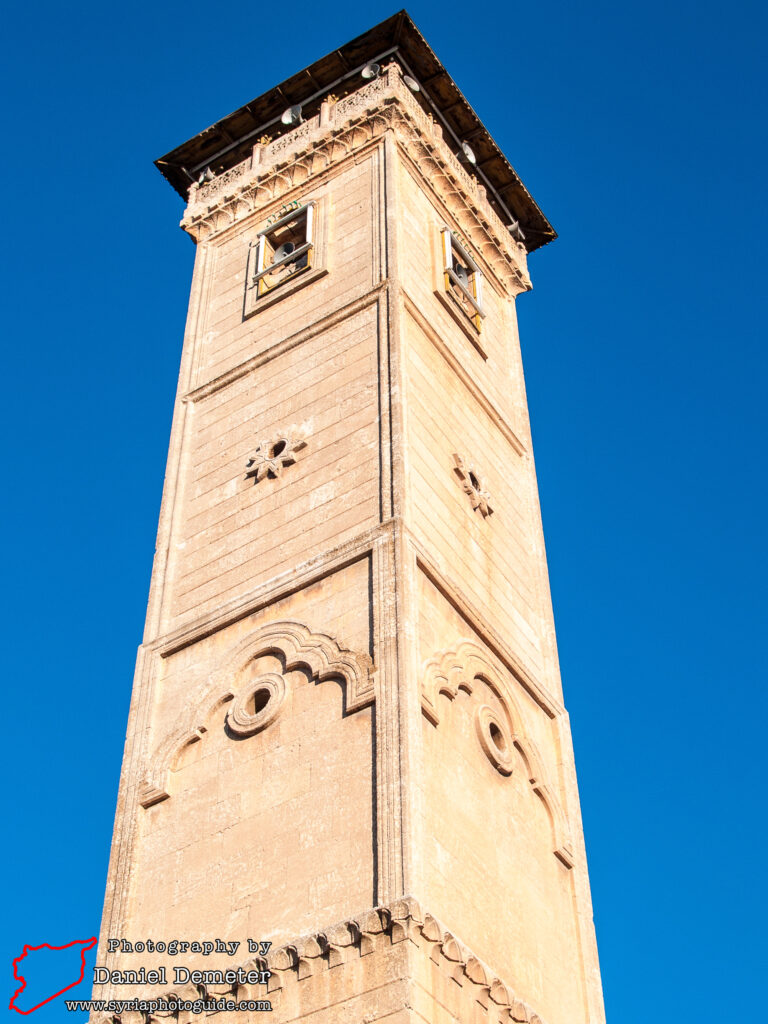
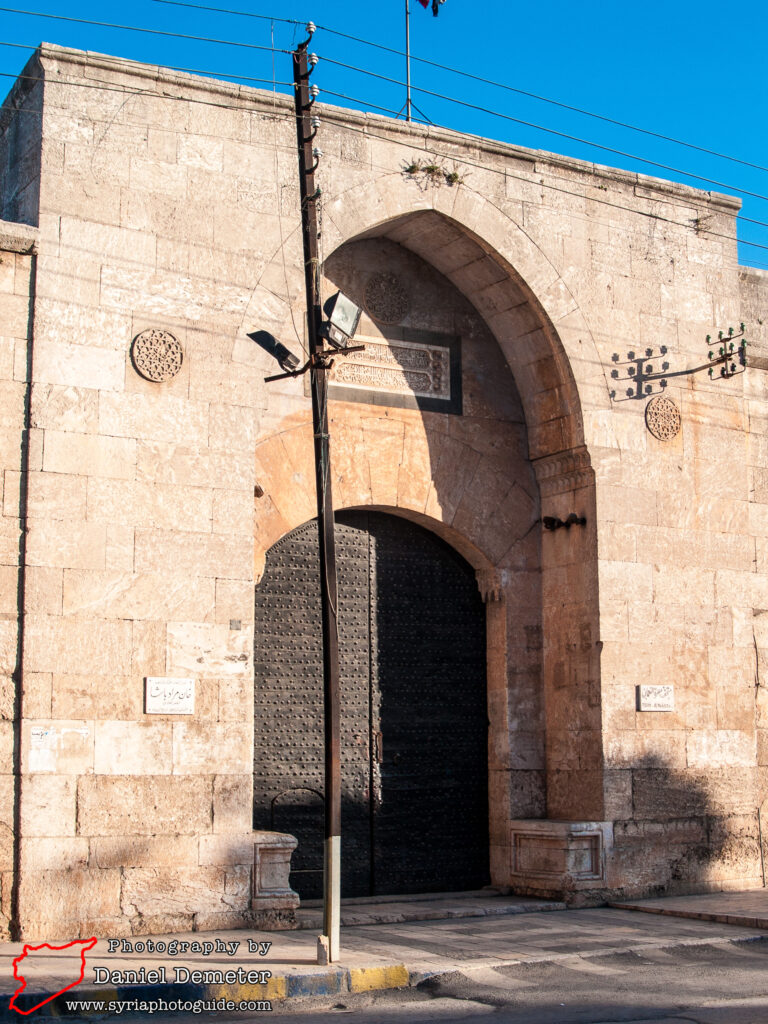
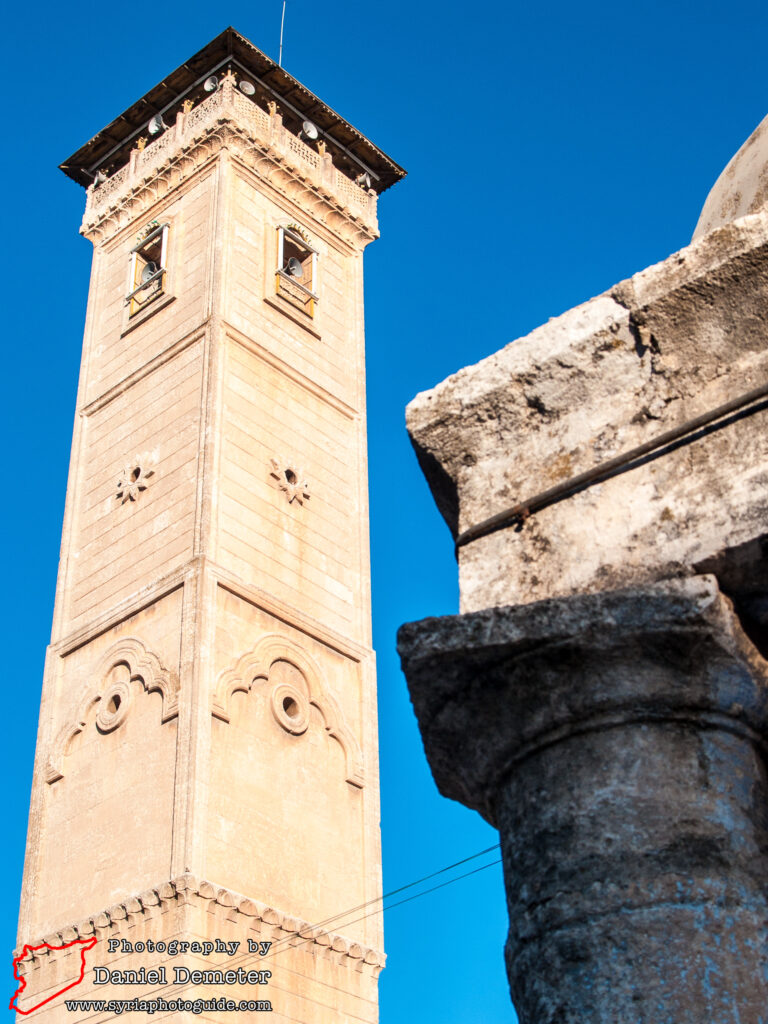
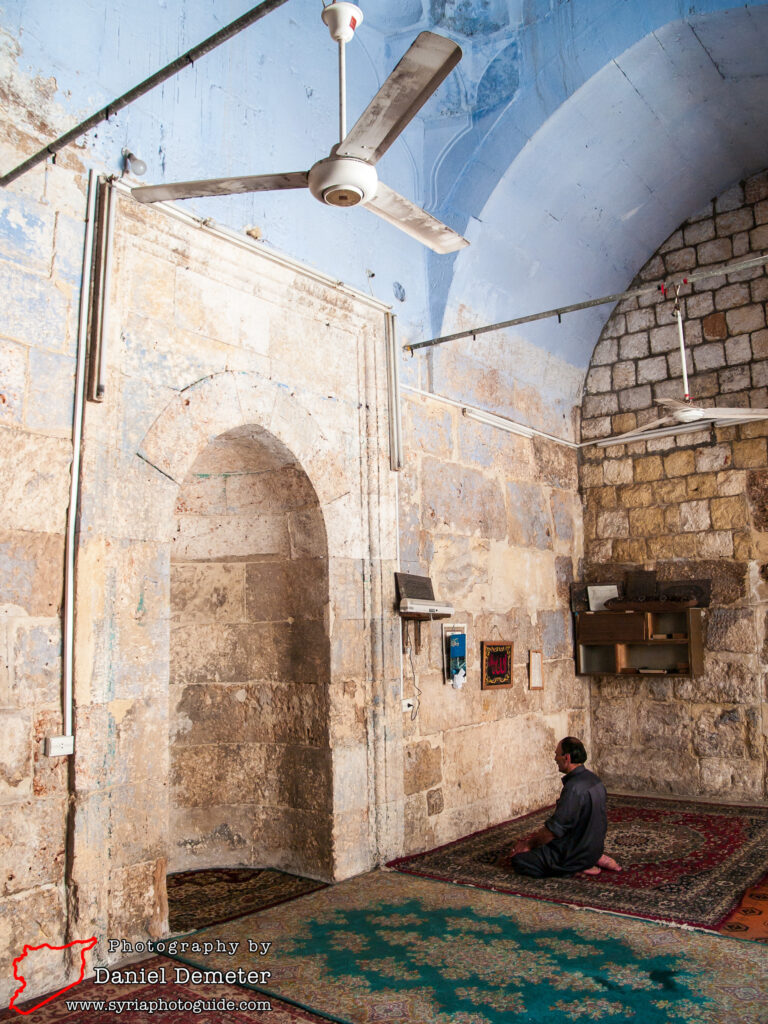
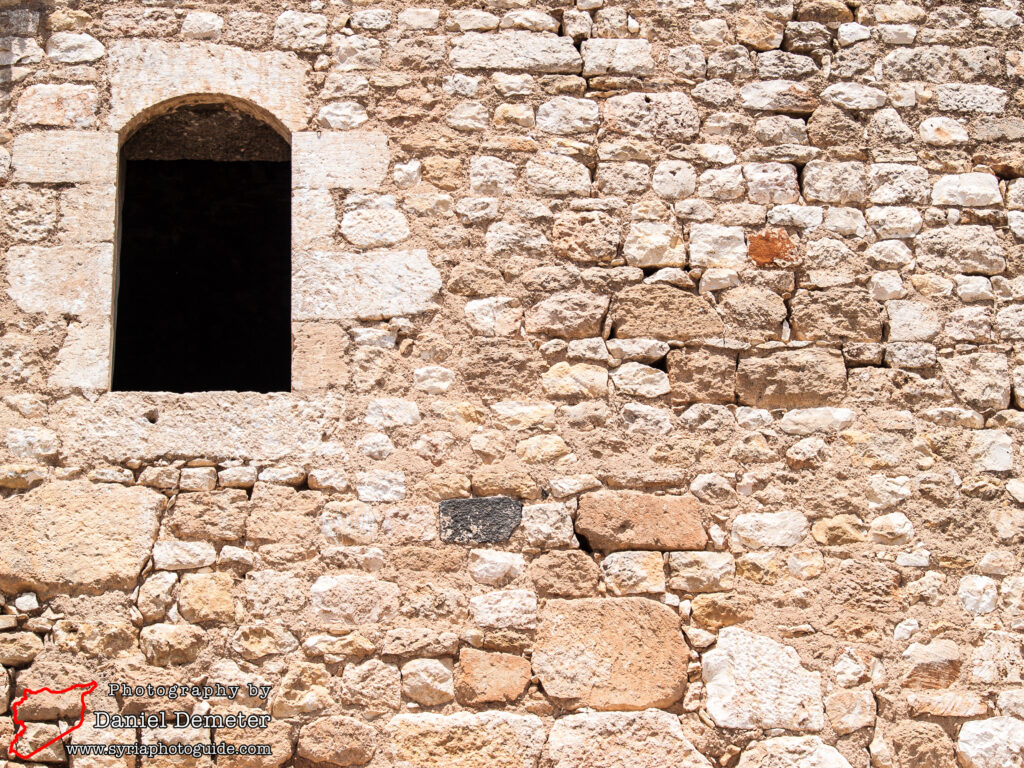
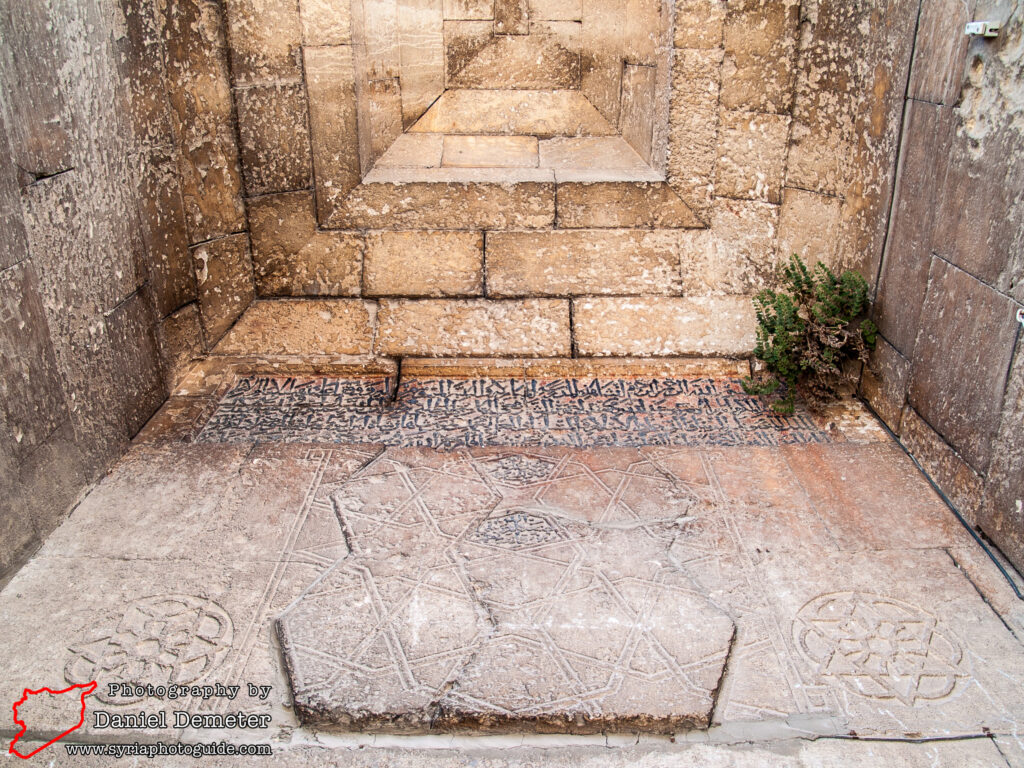
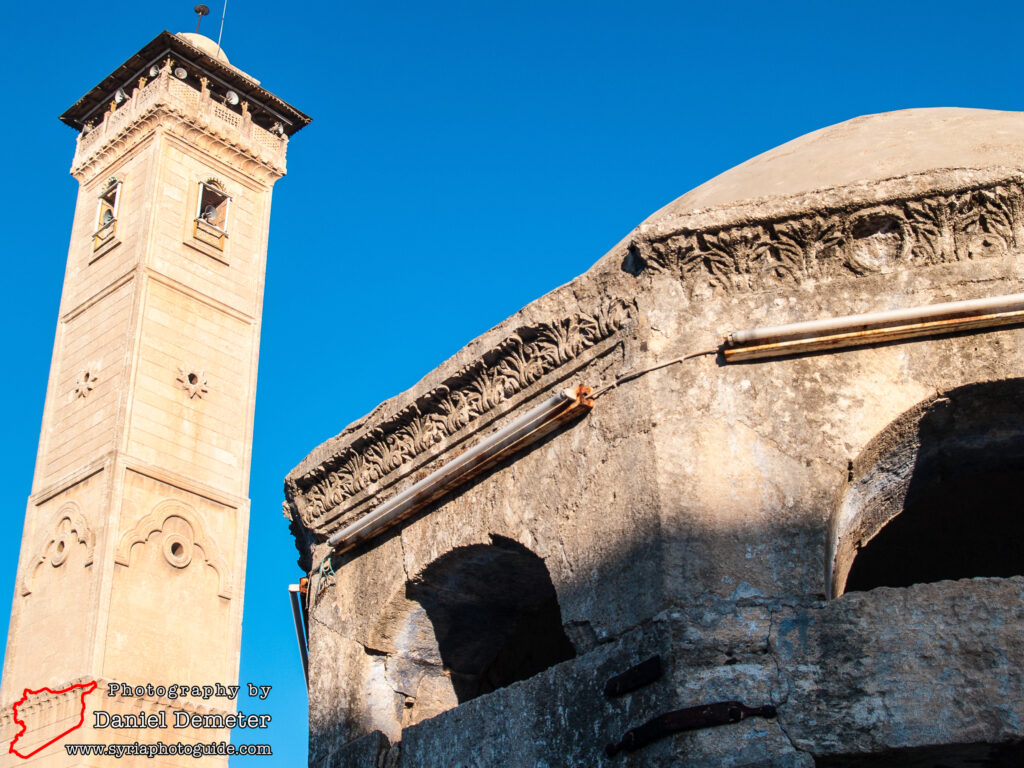
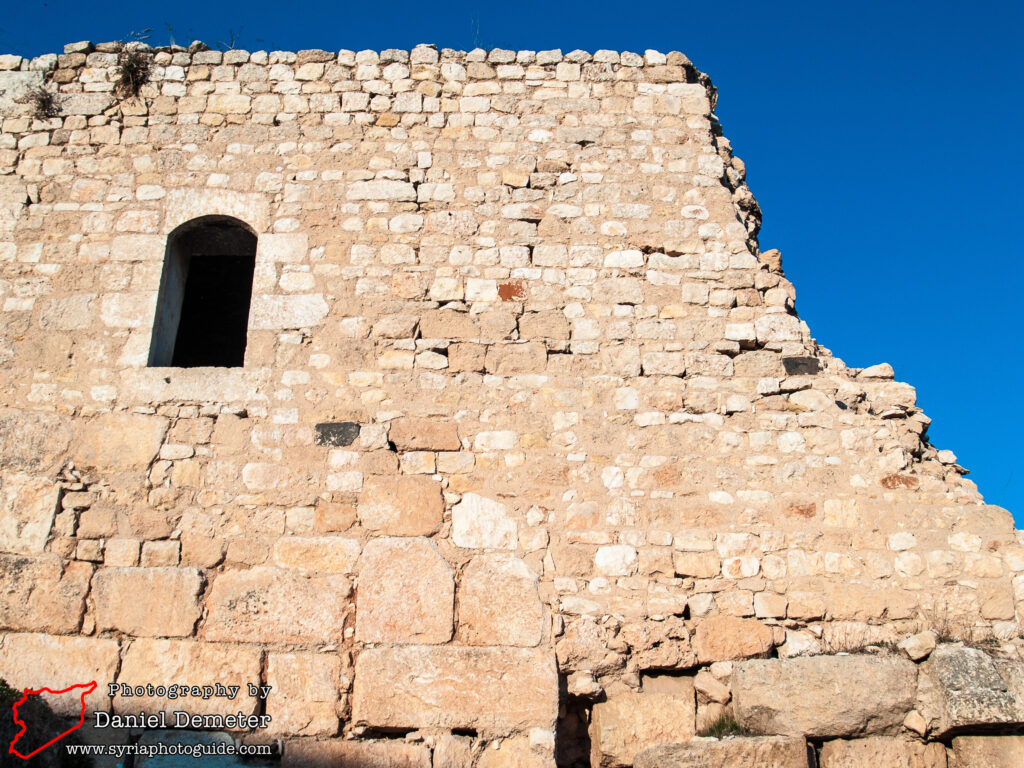
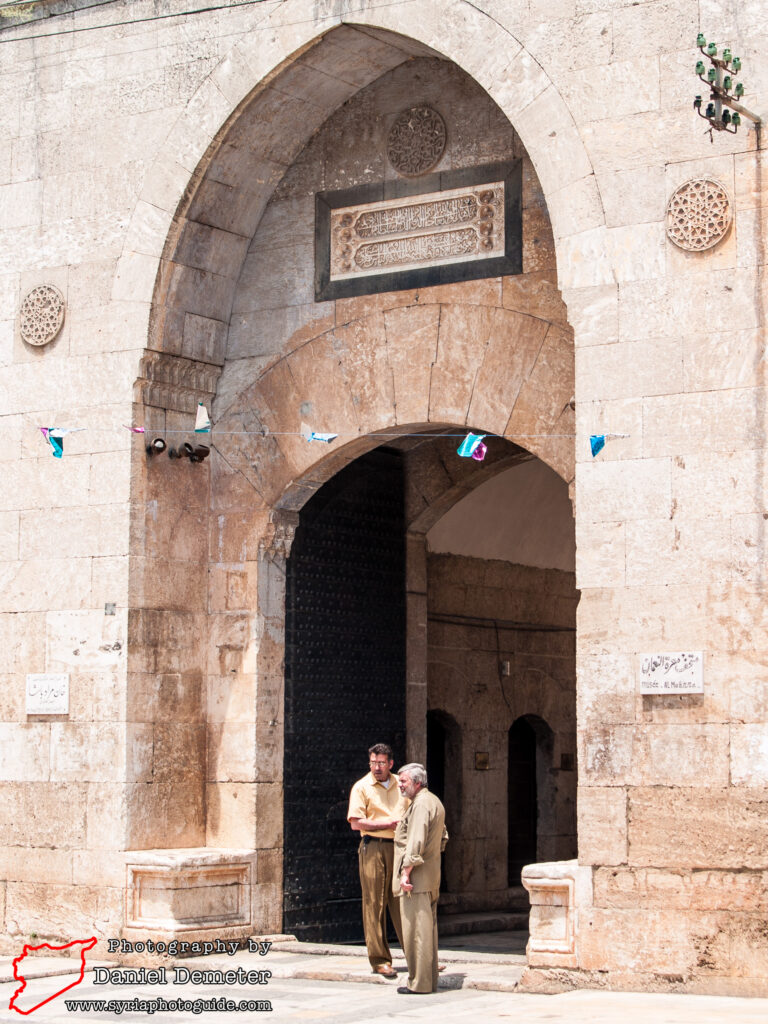
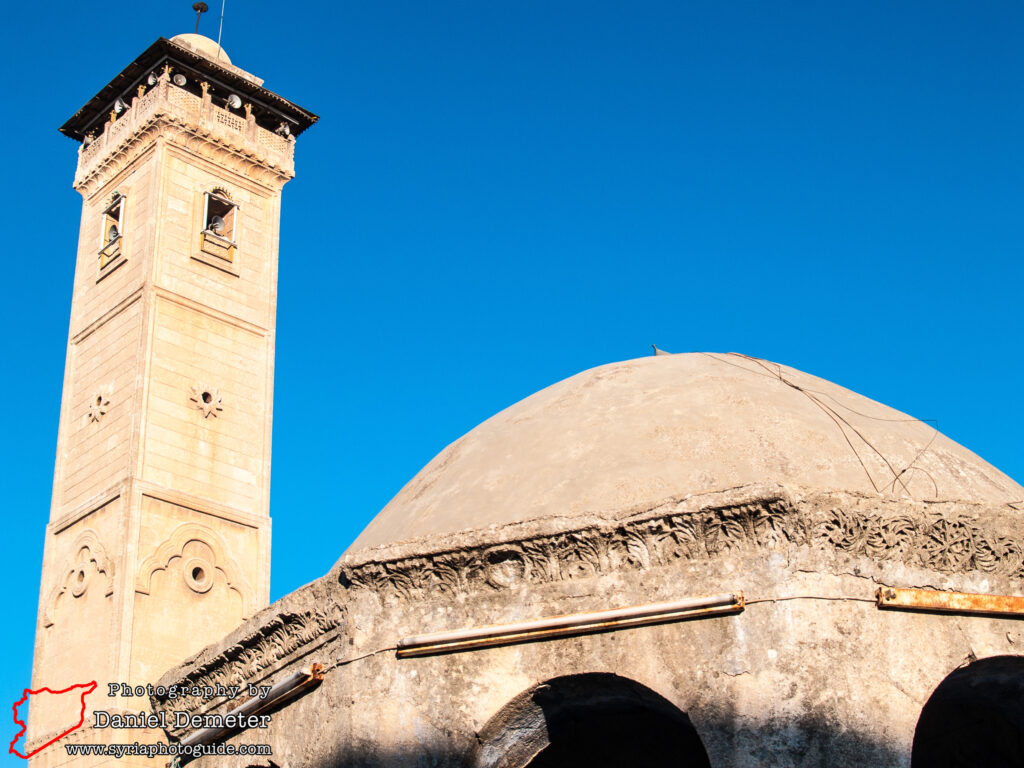
Getting There: Maarat al-Naaman (معرة النعمان) has frequent microbus connections with Aleppo (حلب), a trip that takes about 45 minutes. Maarat al-Naaman (معرة النعمان) also has microbus connections with Hama (حماة) and Idleb (إدلب), but these are less frequent. Being on the main highway between Damascus (دمشق) to Aleppo (حلب), it is possible to stop passing buses towards either city at almost any time. Maarat al-Naaman (معرة النعمان) is often used as a base for visiting the nearby Byzantine sites of Jebel al-Zawiyeh (جبل الزاوية).
Coordinates: 35°38’59.88″N / 36°40’40.87″E
Transliteration Variants: Maarat al-Numaan, Maraat al-Numan, Maarat al-Naman
Rating: 6 / 10
